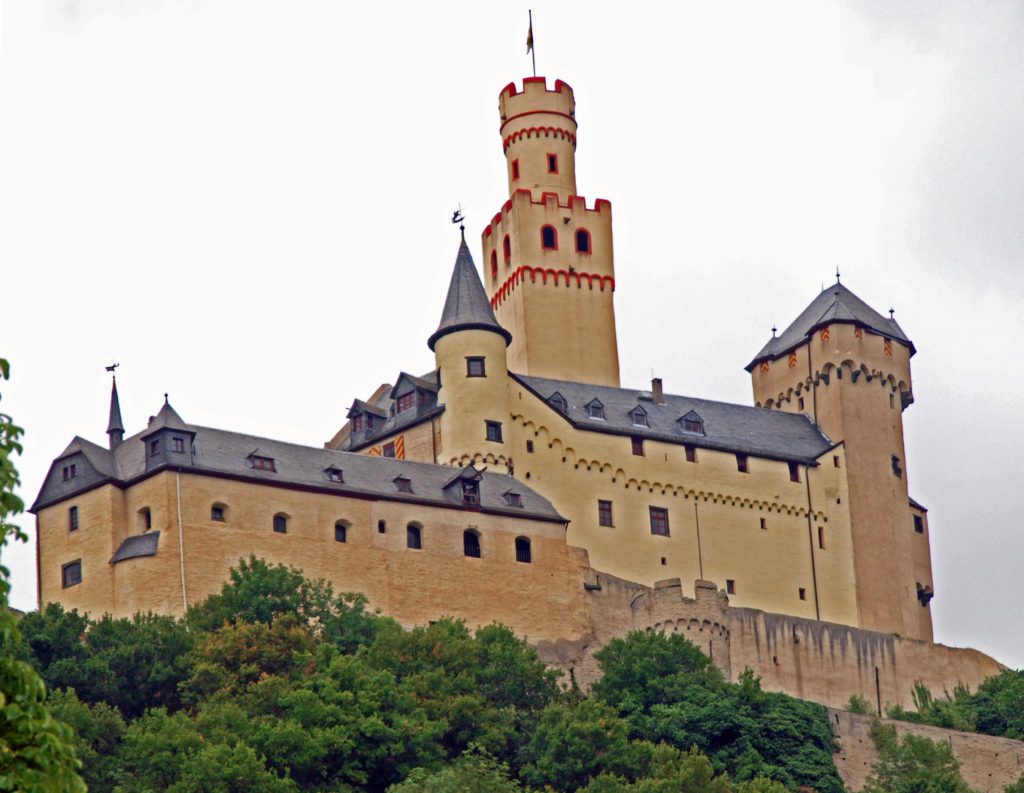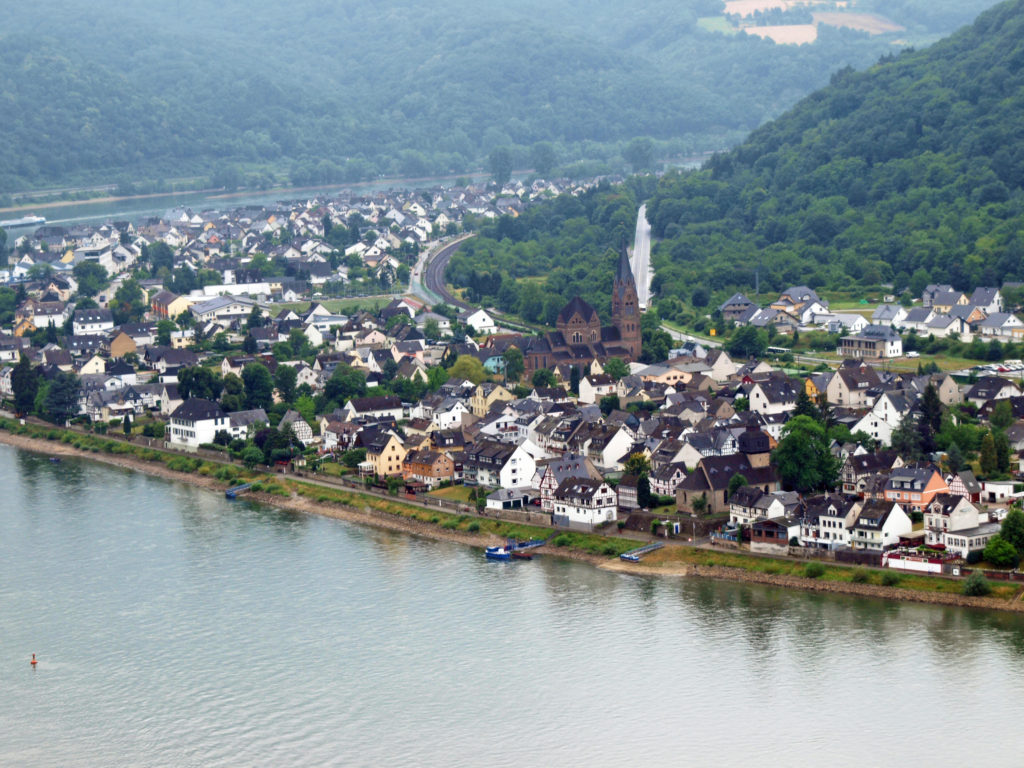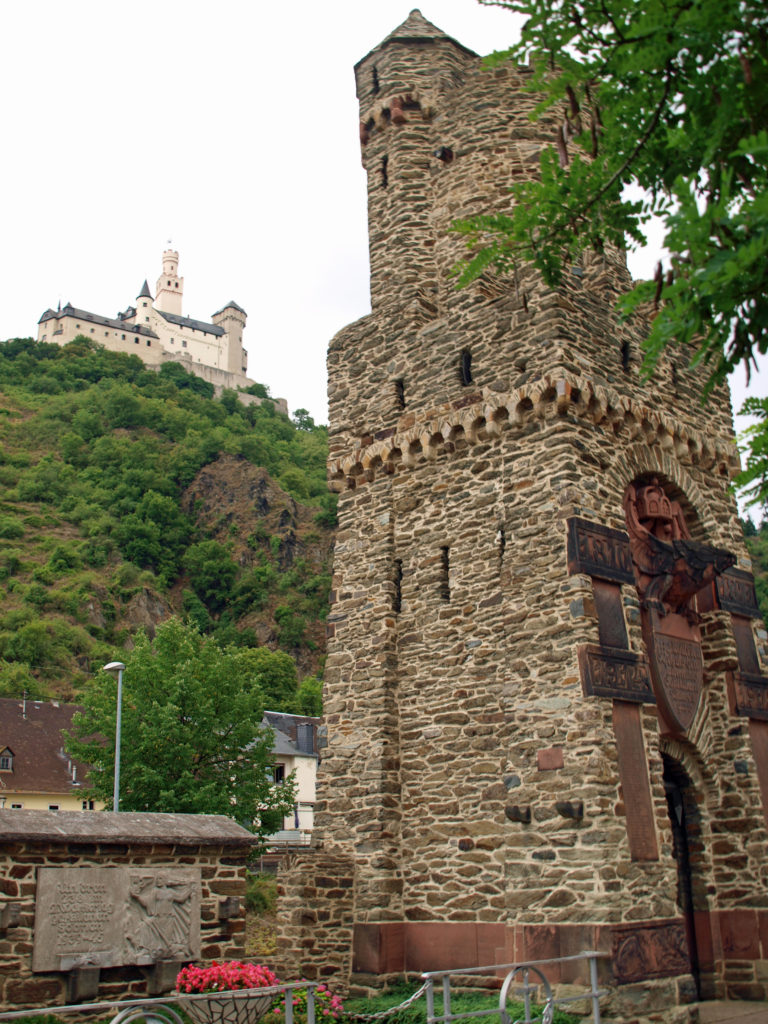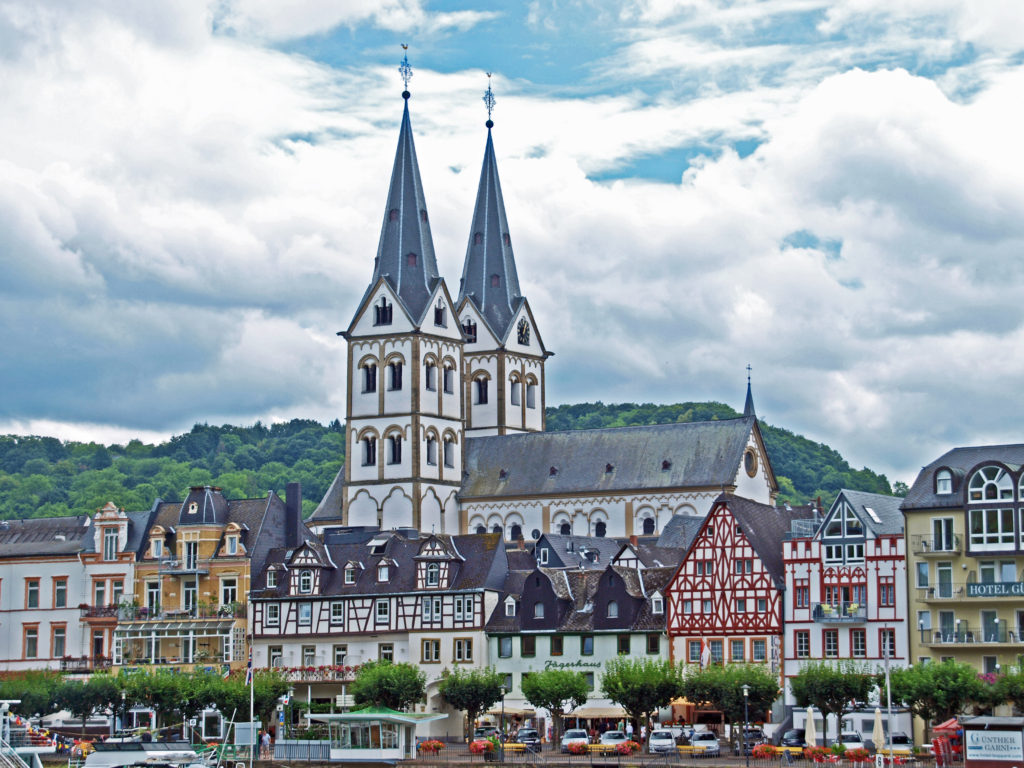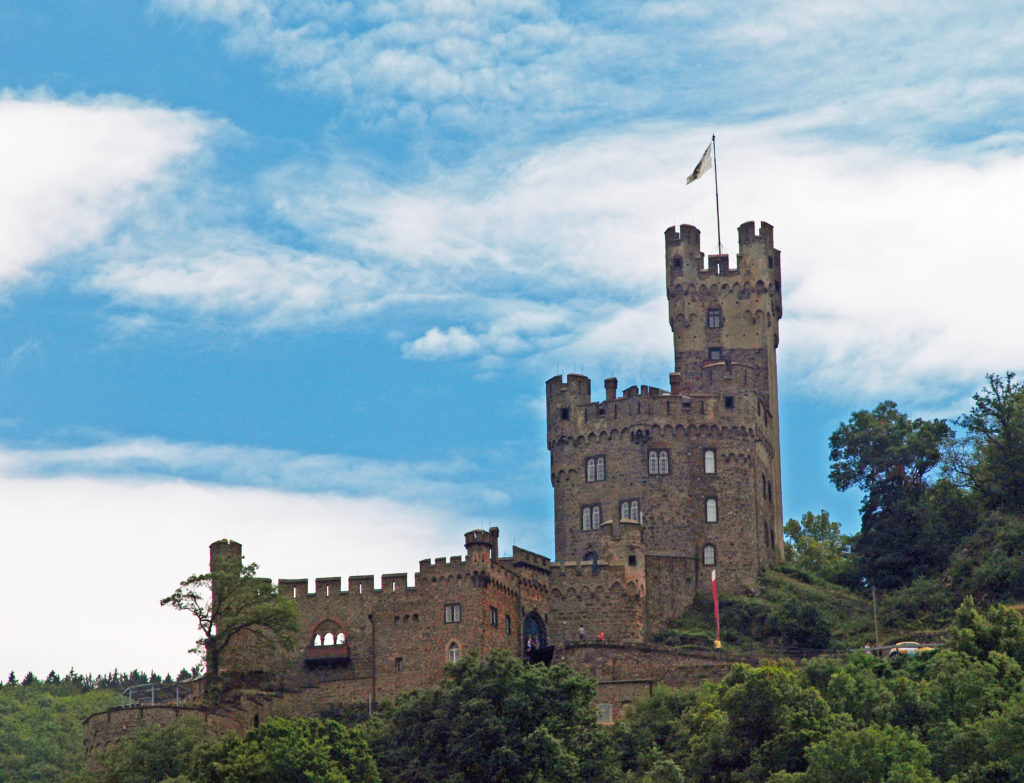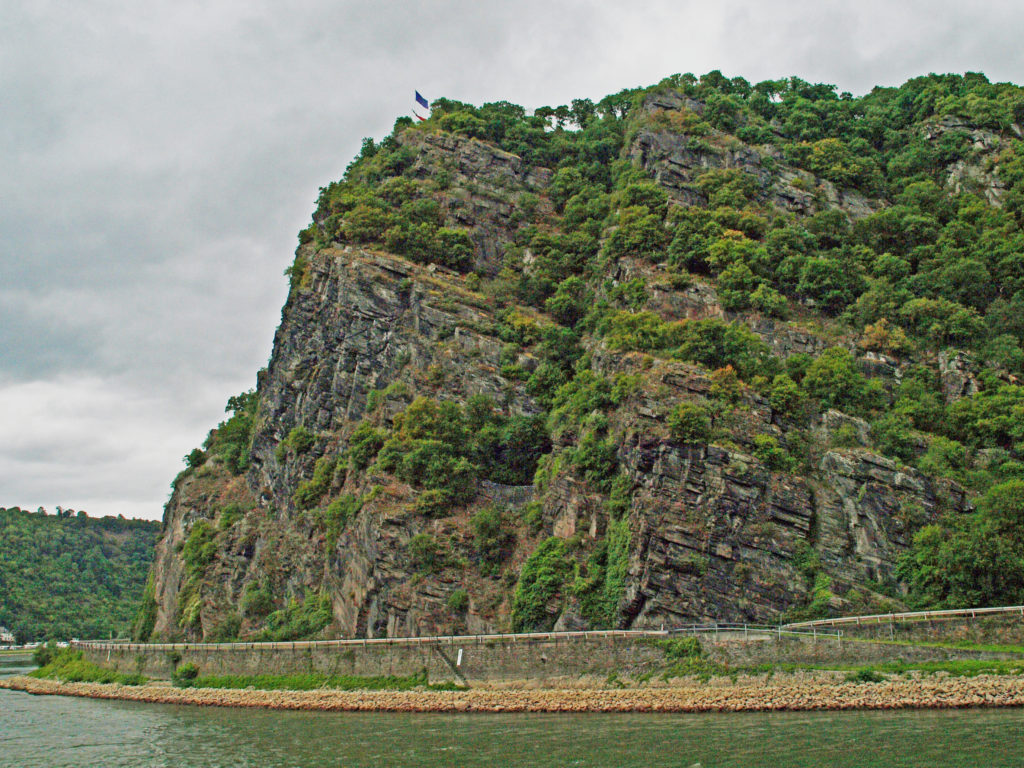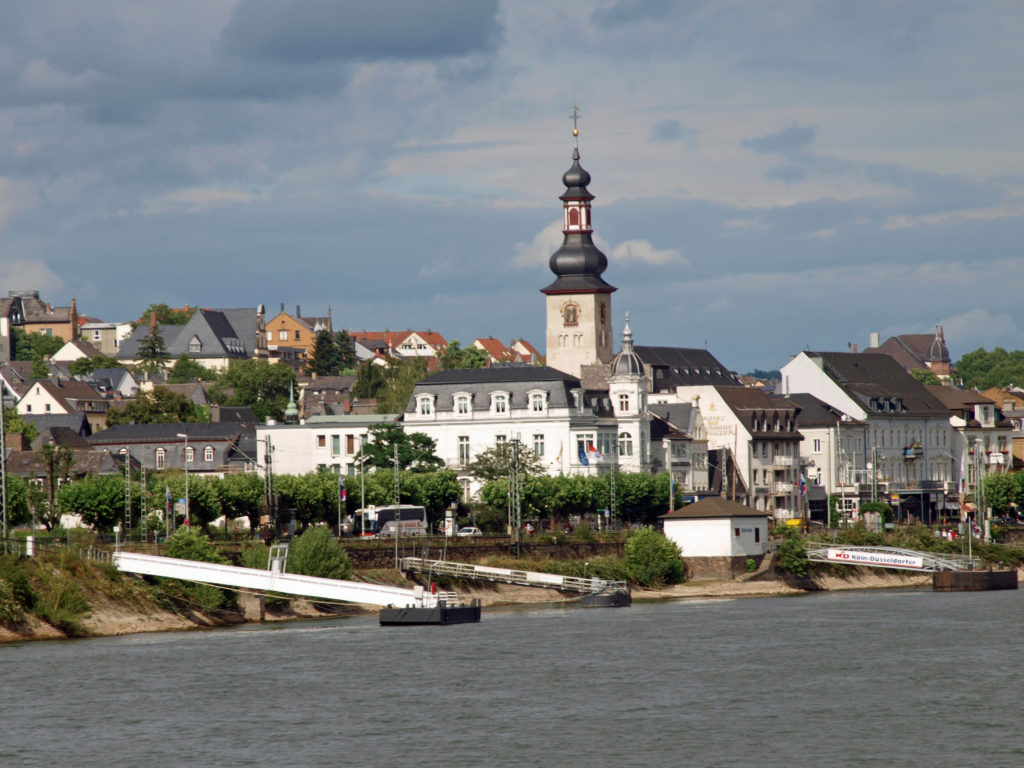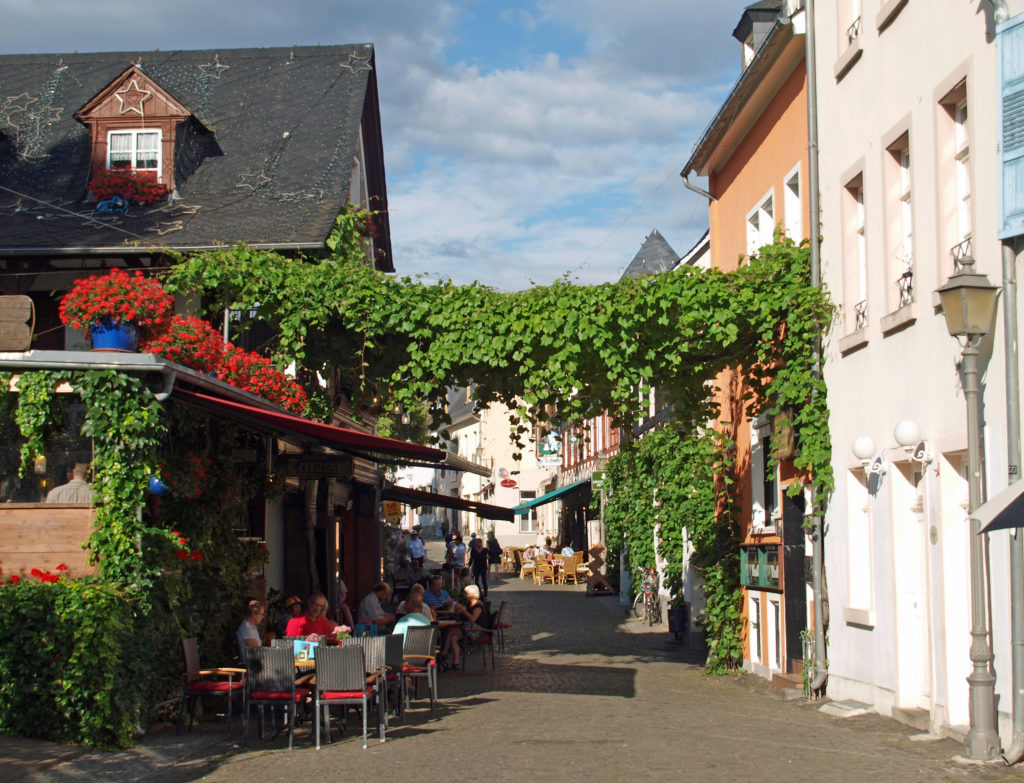The following is an edited and updated version of a post originally published May 20, 2019. Most of the photos shown here are from the spring of 2019. The rest are from another visit that I made in October 2020. Some of the Gallery Without Walls sculptures shown here were part of the 2019 and 2020 rotating collection and are no longer on display, and “Clackamas” has been moved to George Rogers Park. But there are plenty of new additions for 2021. The featured image shown above is a detail of “Fortress” by Vicki Lynn Wilson.
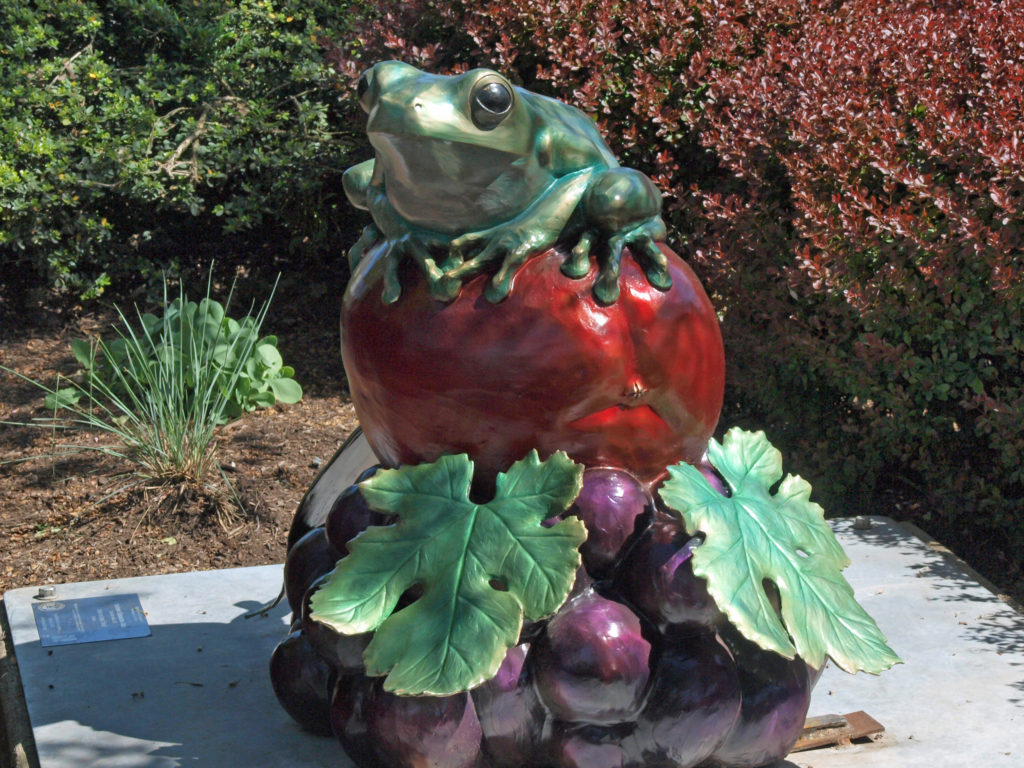
The Gallery Without Walls outdoor sculpture exhibit is a program of the Arts Council of Lake Oswego, Oregon. I’m a fan of all forms of art, but I particularly like sculpture. I like the 3D aspect of it, being able to walk around it, see it from different angles. Sculptures often invoke different emotions or convey different ideas when viewed from different angles. And I really like that these sculptures are displayed outdoors. The changing light as the day progresses can lead to the sculptures looking very different from hour to hour. I’ve revisited some of these sculptures and seen things on a second visit that I completely missed on the first, just because the light was different.

Currently, there are eighty sculptures on display in public spaces throughout the city. More than 40 of the sculptures are part of the Arts Council’s permanent collection. The remainder, the rotating collection, are on loan from the artists and are on display for a two year period. Each year, one sculpture from the rotating collection is added to the permanent collection by a vote of the public.
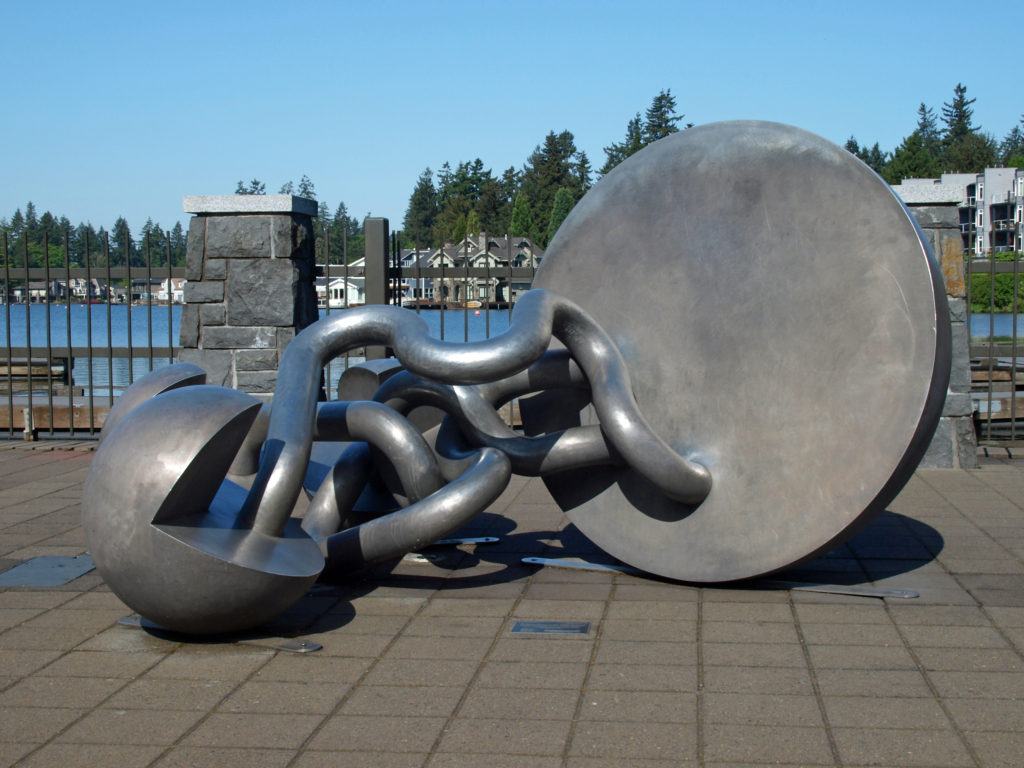

Forty-six of the sculptures are in the downtown area, making for an easy walking tour. Others are scattered across the city in parks and other public spaces. Click here to view the 2021 tour brochure.


A couple of years ago, my wife and I spent a nice spring day checking out the sculptures on display. We didn’t come to downtown Lake Oswego that day with the intention of doing the walking tour, but we while we were there we stopped at Lower Millennium Park where some of the sculptures are displayed. Then we took a short walk on the trail along the lake shore where there are a couple of more sculptures on display. We ended up spending most of the afternoon wandering around the downtown area, admiring and taking photos of the sculptures and the many flowers that were in full bloom at the time.

A week later I came back one morning to take photos of some of the sculptures we had seen the previous week that I hadn’t been able to get good pics of because the sun had been at the wrong angle or they had been in deep shade (or I just wasn’t satisfied with the photos I had taken). I wound up spending a couple of hours wandering around downtown, taking photos and admiring a lot of the sculptures that we had missed the previous week. And I still didn’t see all of them.
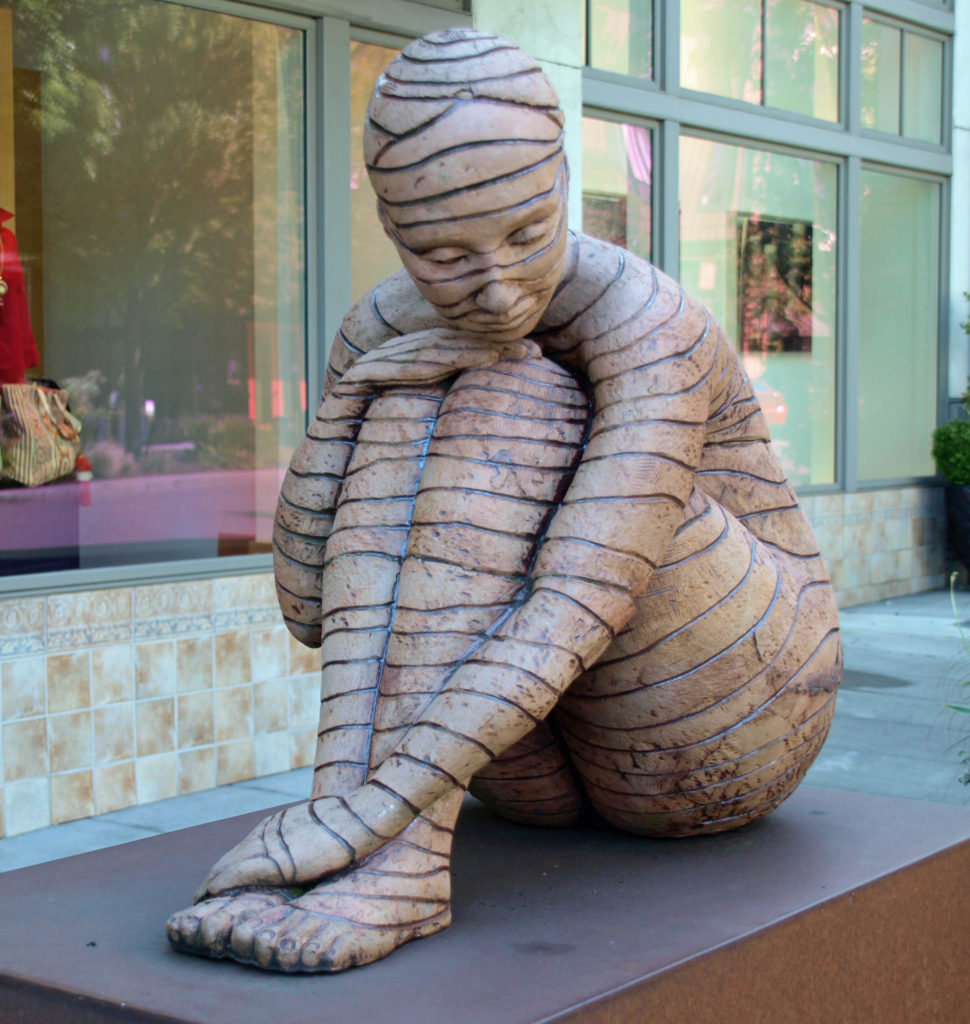
Downtown Lake Oswego is a great place to spend a lazy summer afternoon. Even if you’re not interested in the sculptures, the downtown area has many coffee shops, cafes, pubs, galleries and interesting shops. And Millenium Plaza and George Rogers Park are nice spots to relax and just soak up the sunshine.
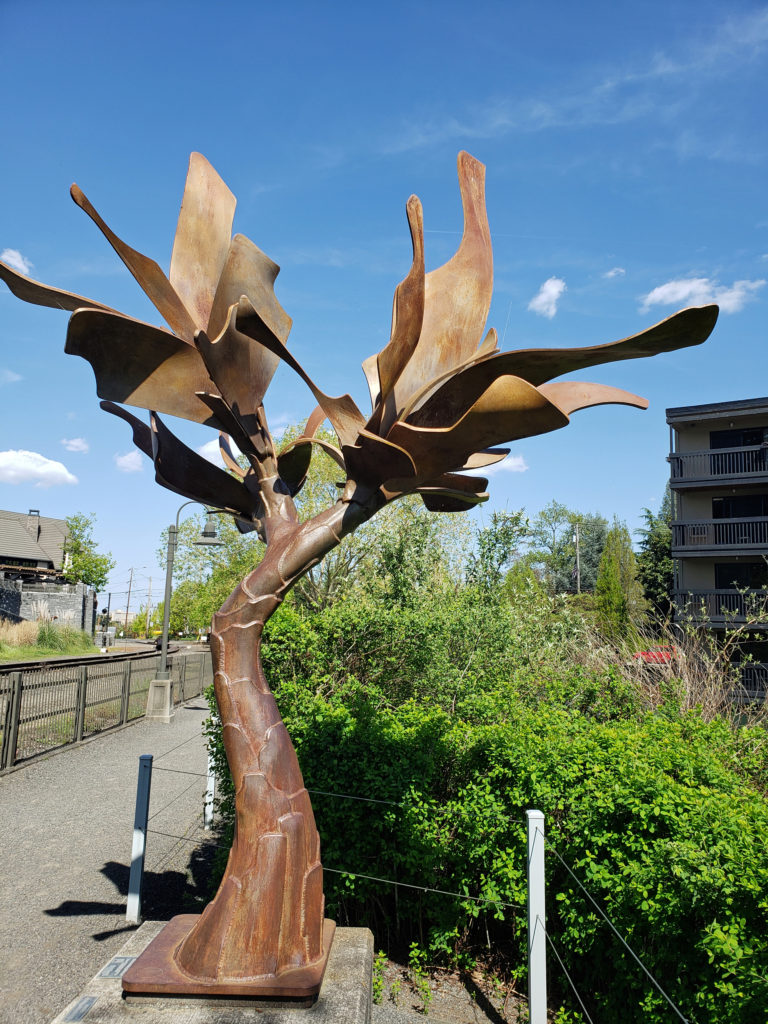
I’ve got to give a plug here to one of my favorite pubs, Stickmen Brewing. It’s a great place to spend an hour or two on a sunny day – good beer and a nice outdoor deck right on the shore of Oswego Lake with a great view of Lakewood Bay. It’s also a great place to begin or end a walking tour of the Gallery Without Walls.
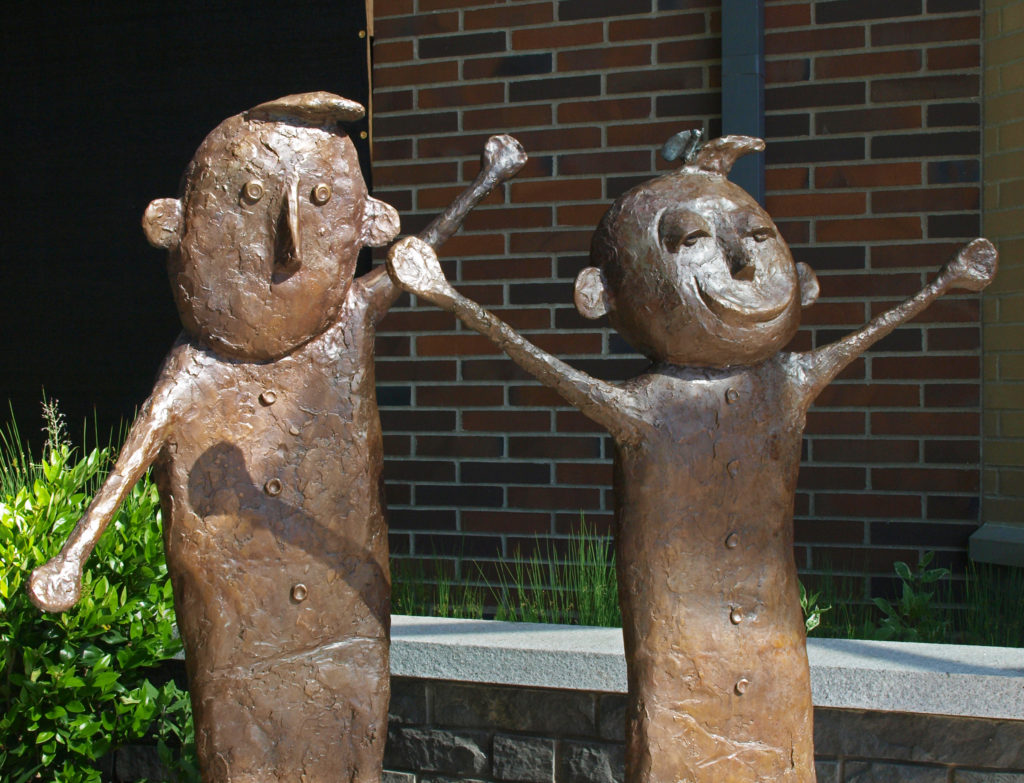
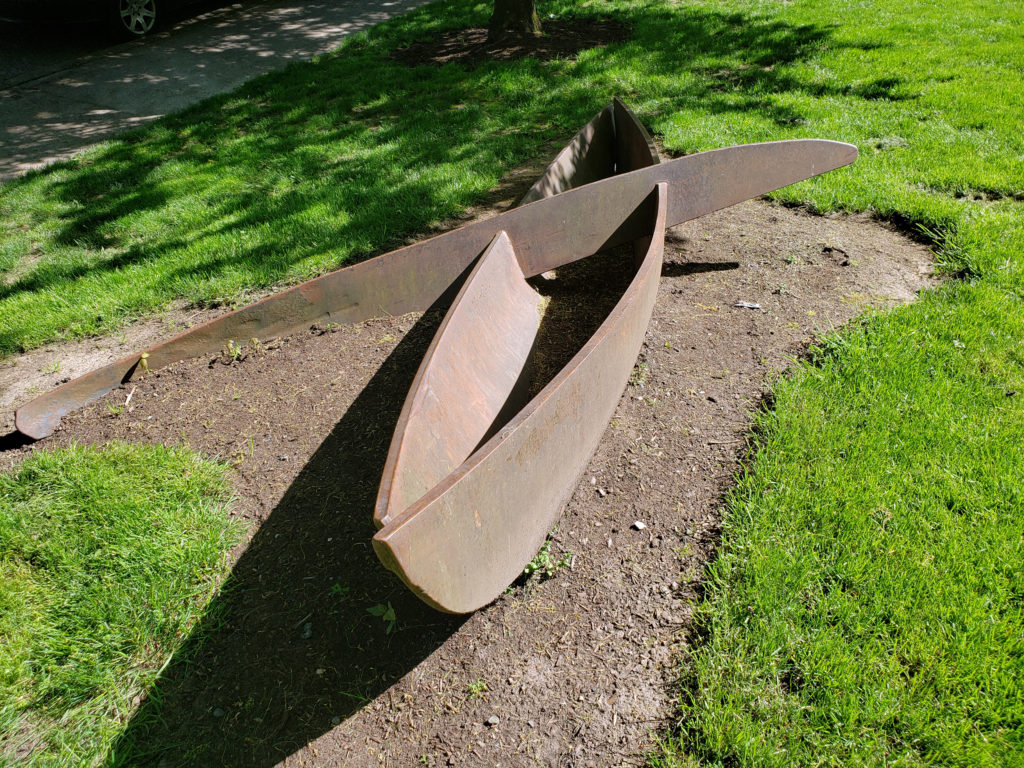
If you’re an art lover and find yourself in the Portland area, make your way to Lake Oswego and check out the sculptures in the Gallery Without Walls. I think you’ll find it worth your while.

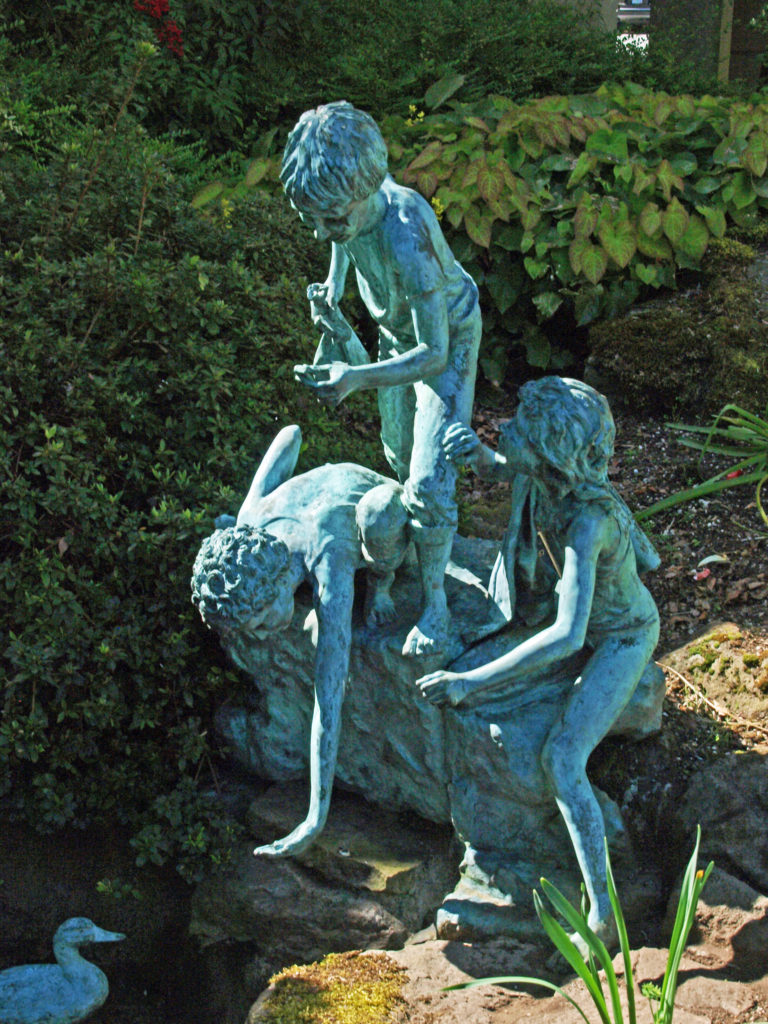
Posted January 22, 2021 by Alan K. Lee
All photos by and the property of the author

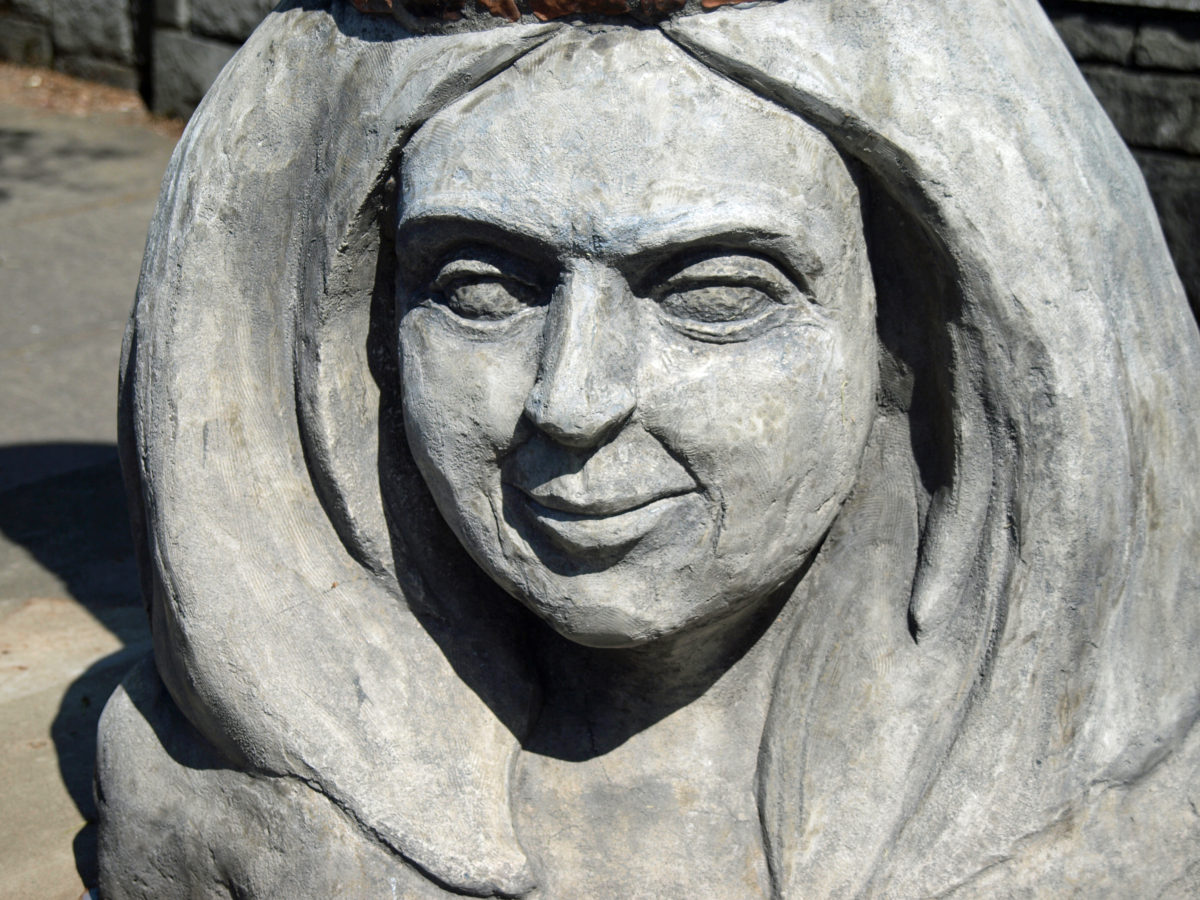
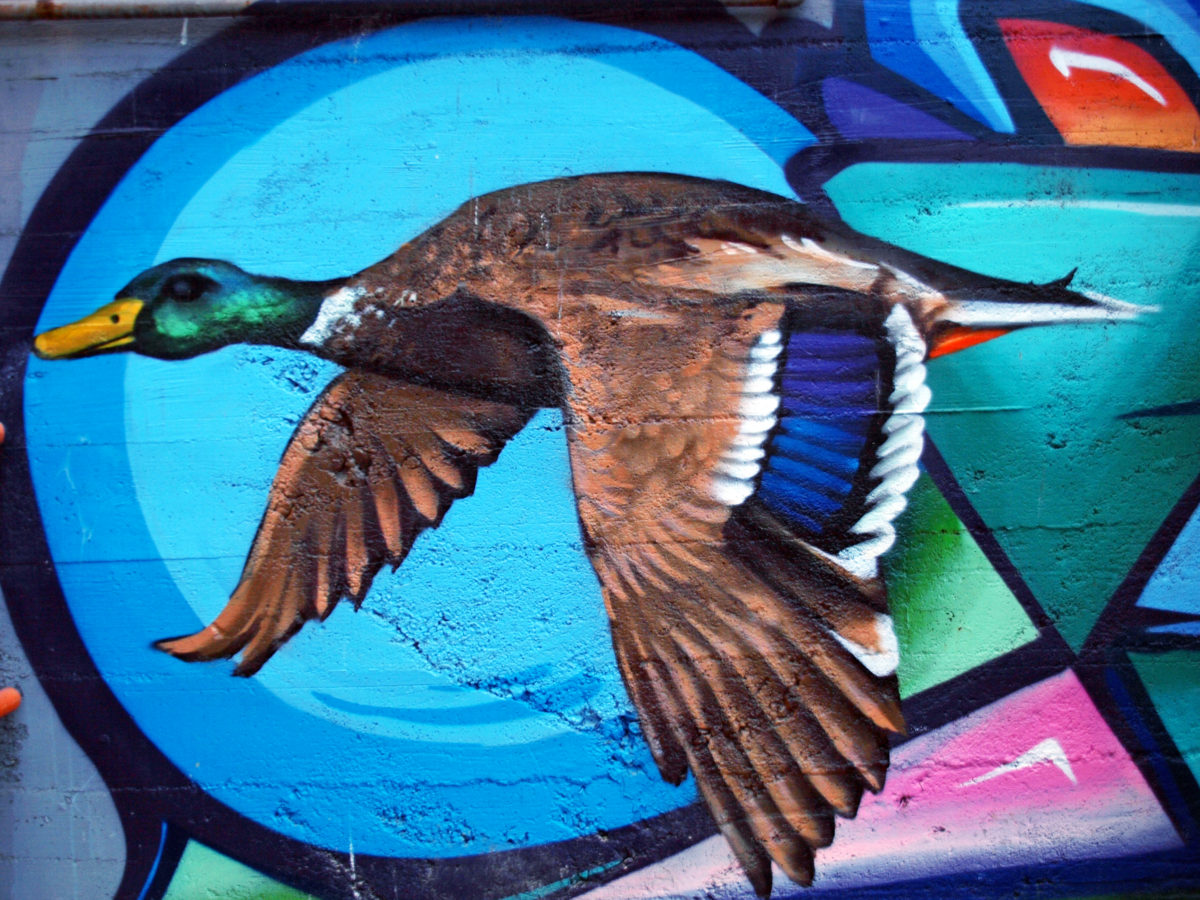
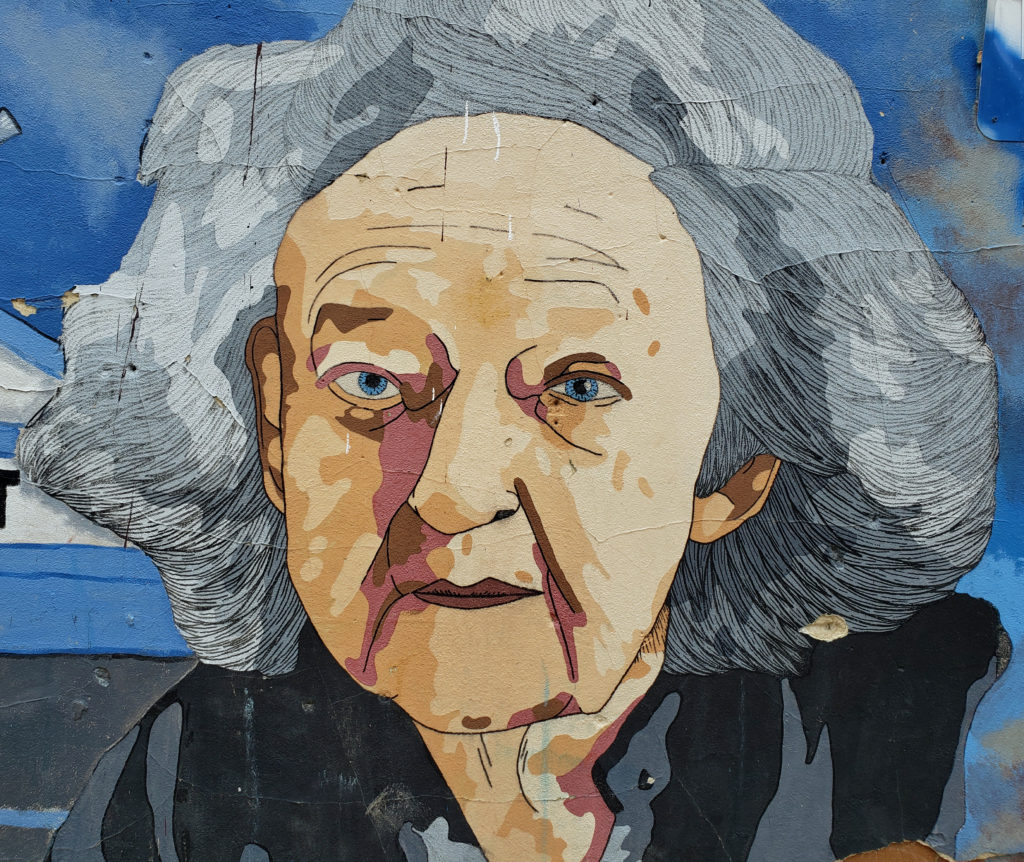
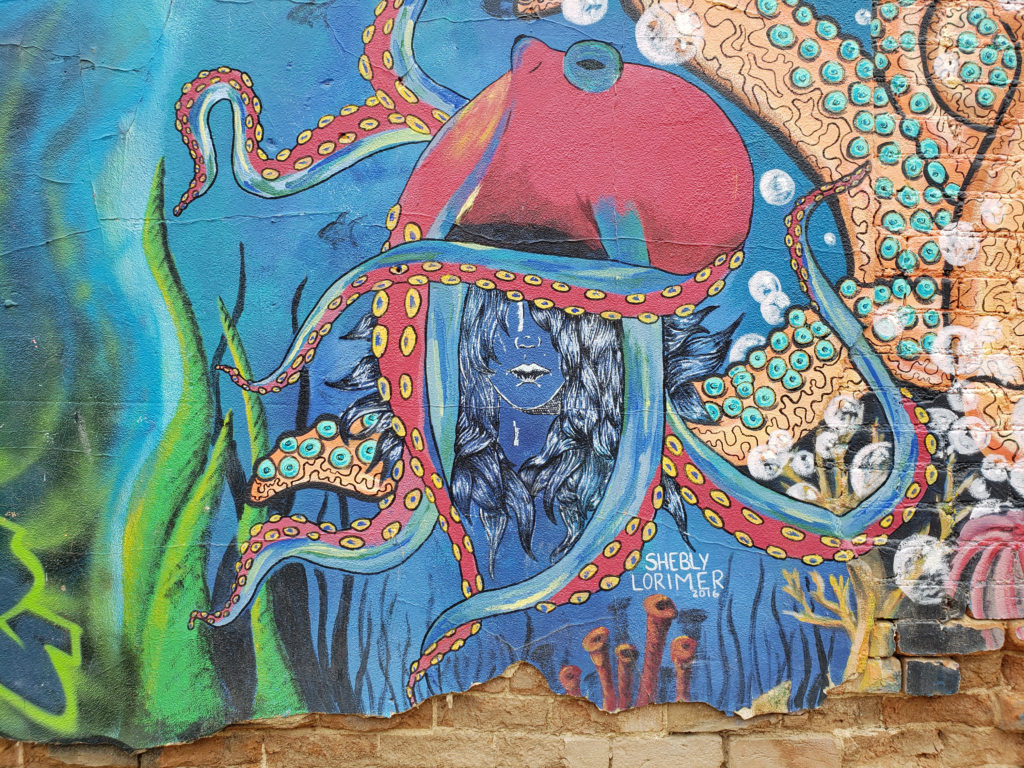




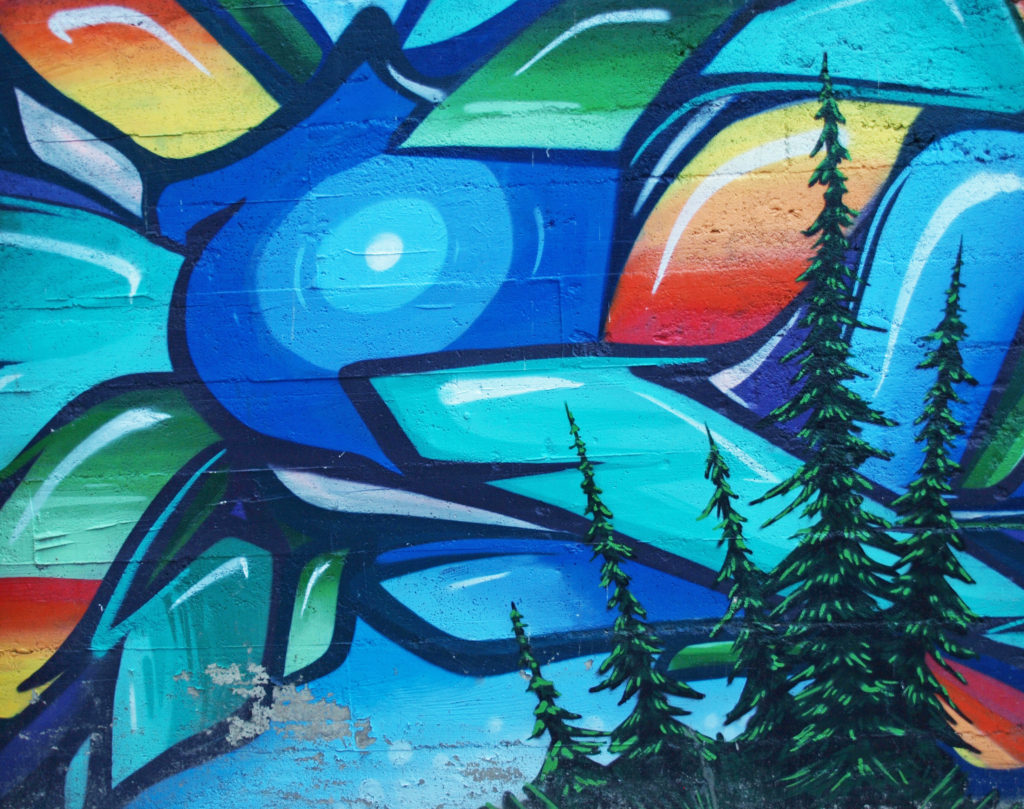
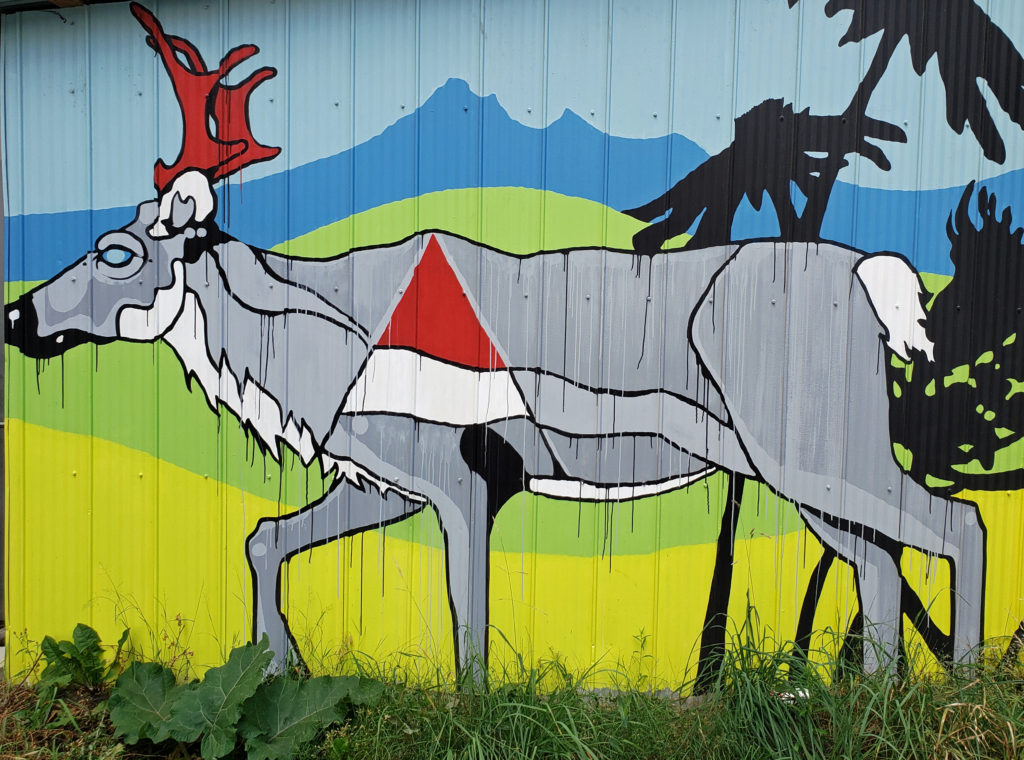



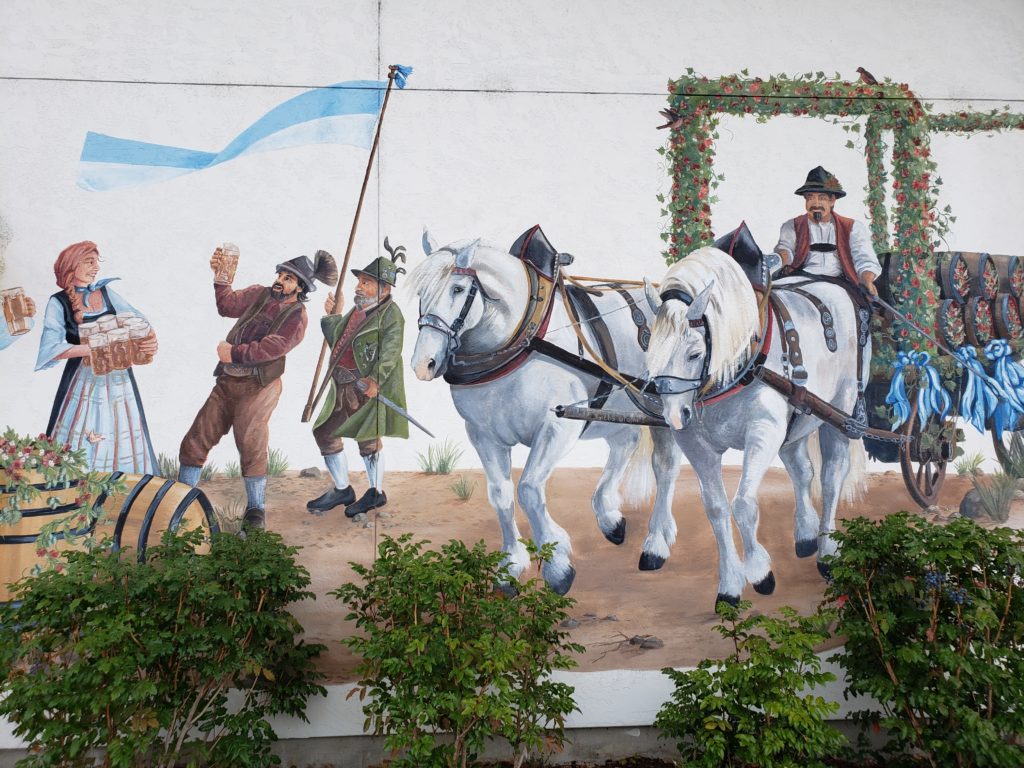
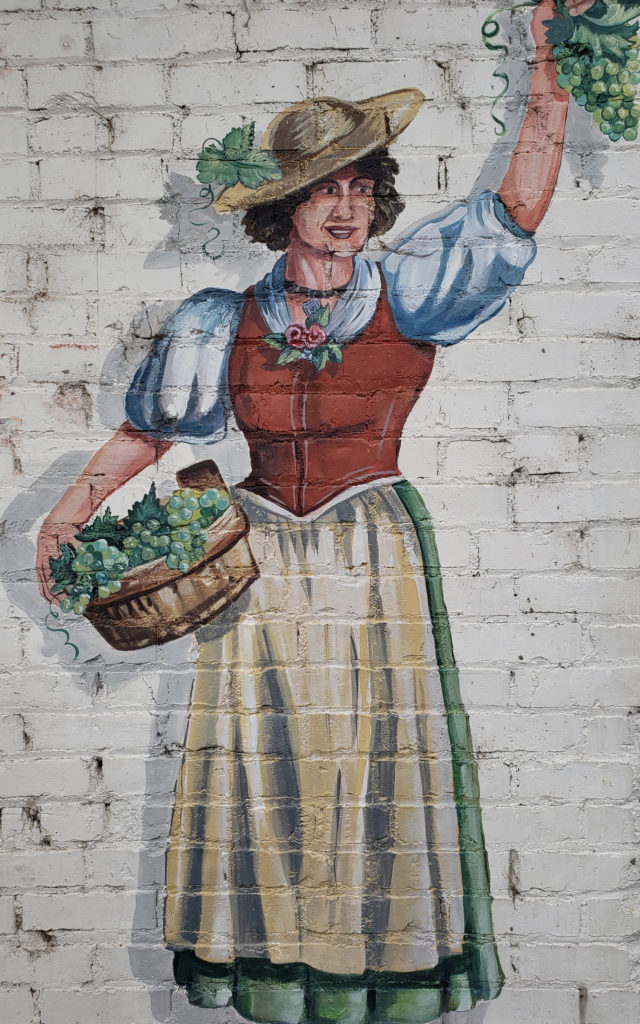
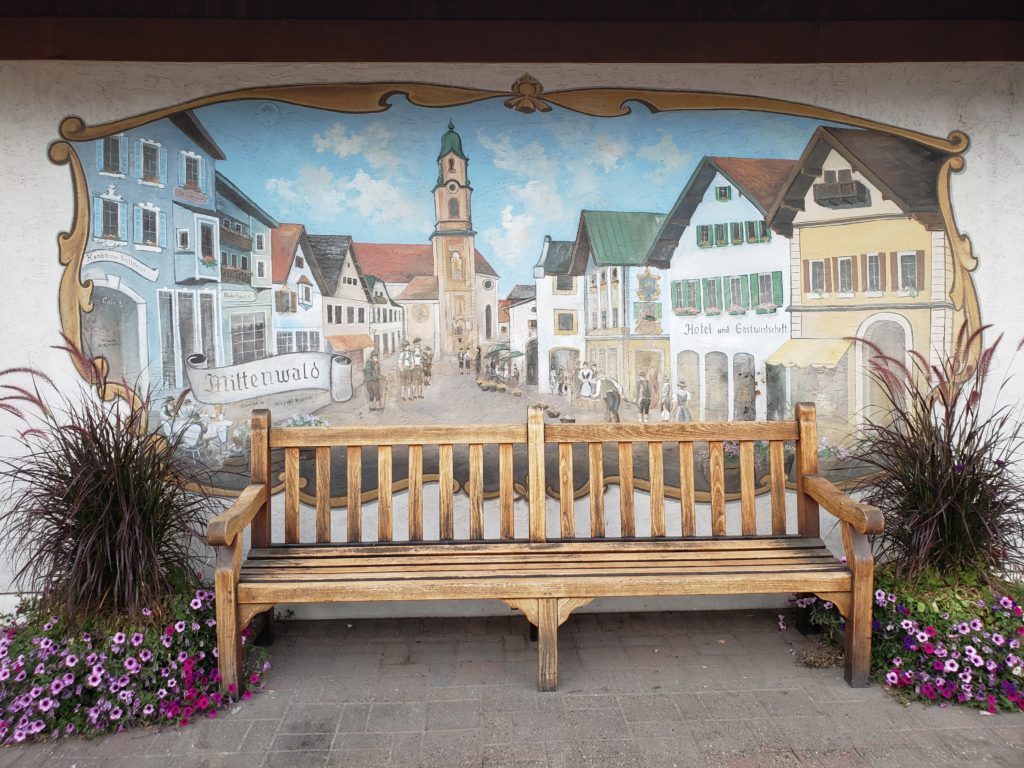

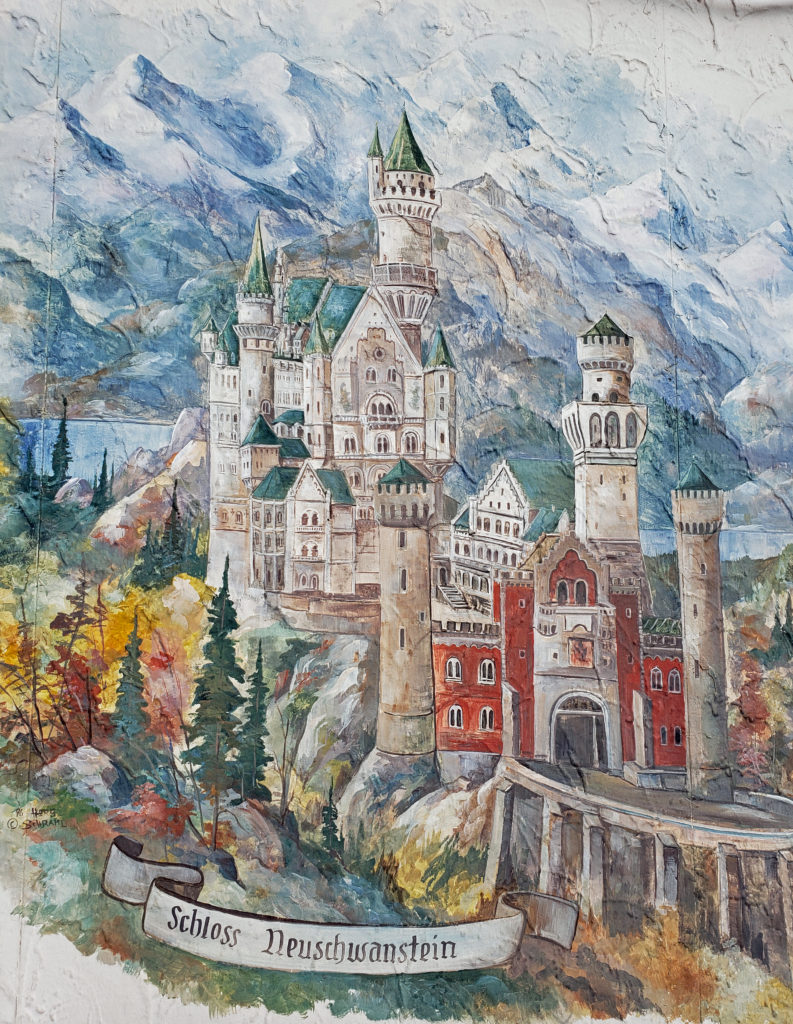



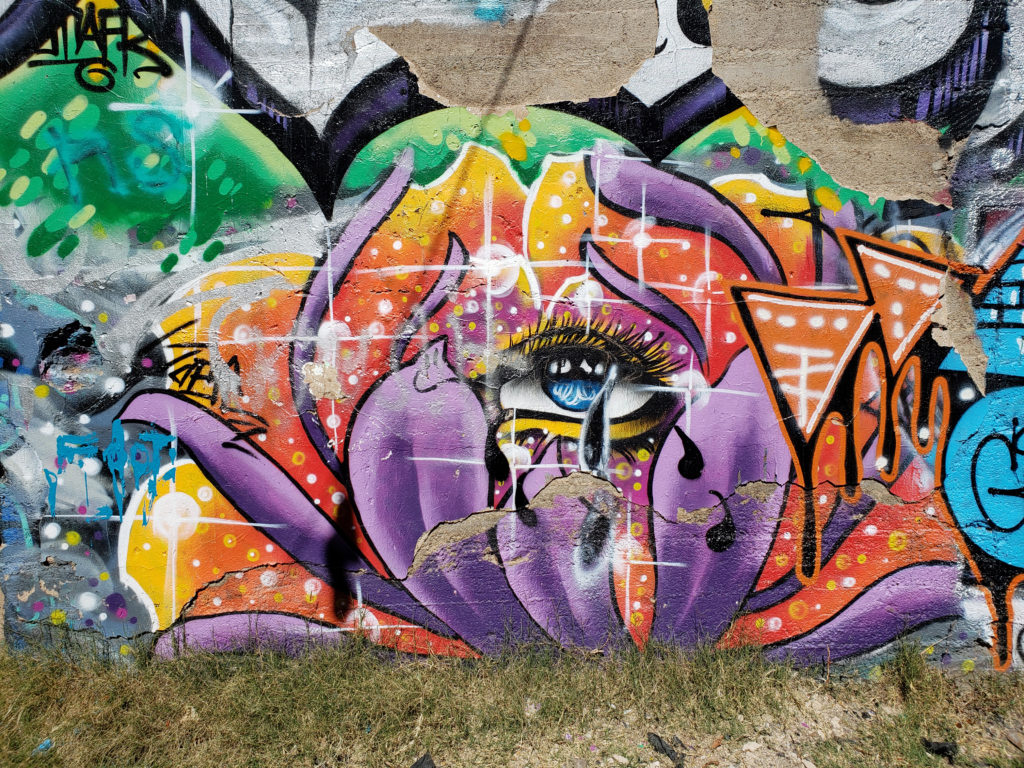

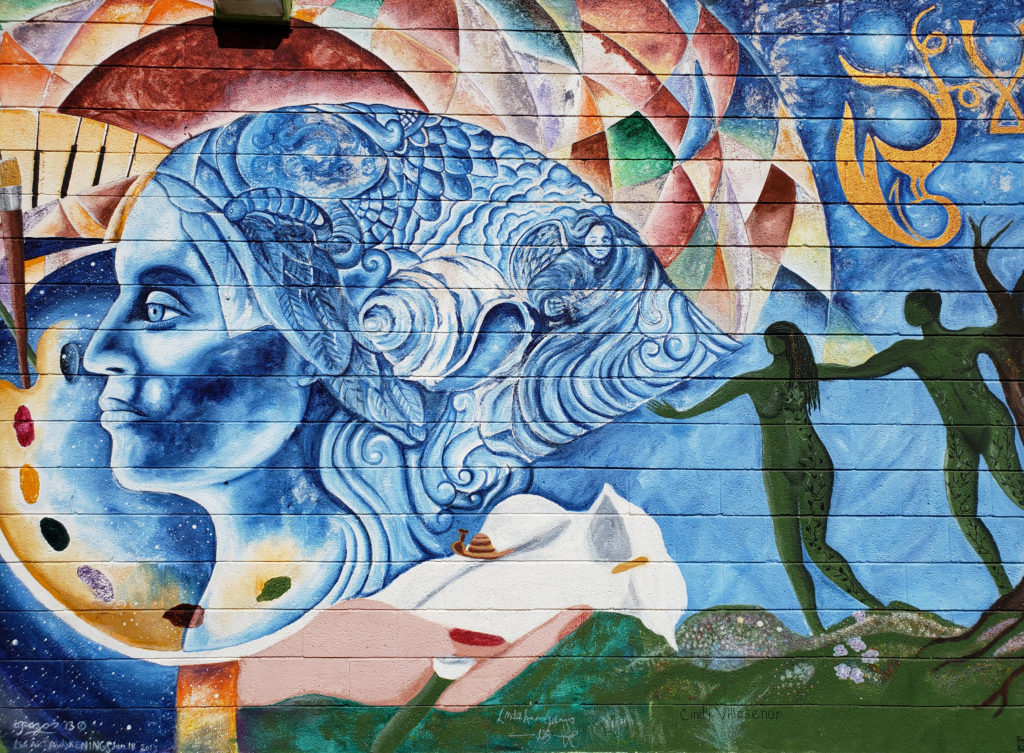
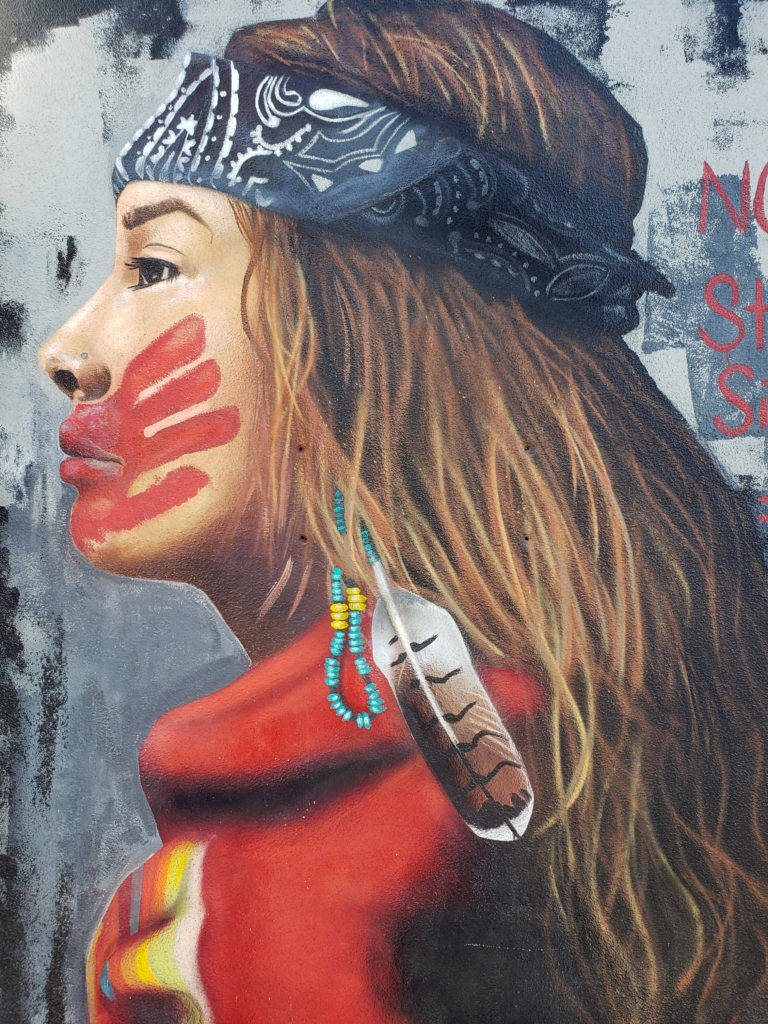
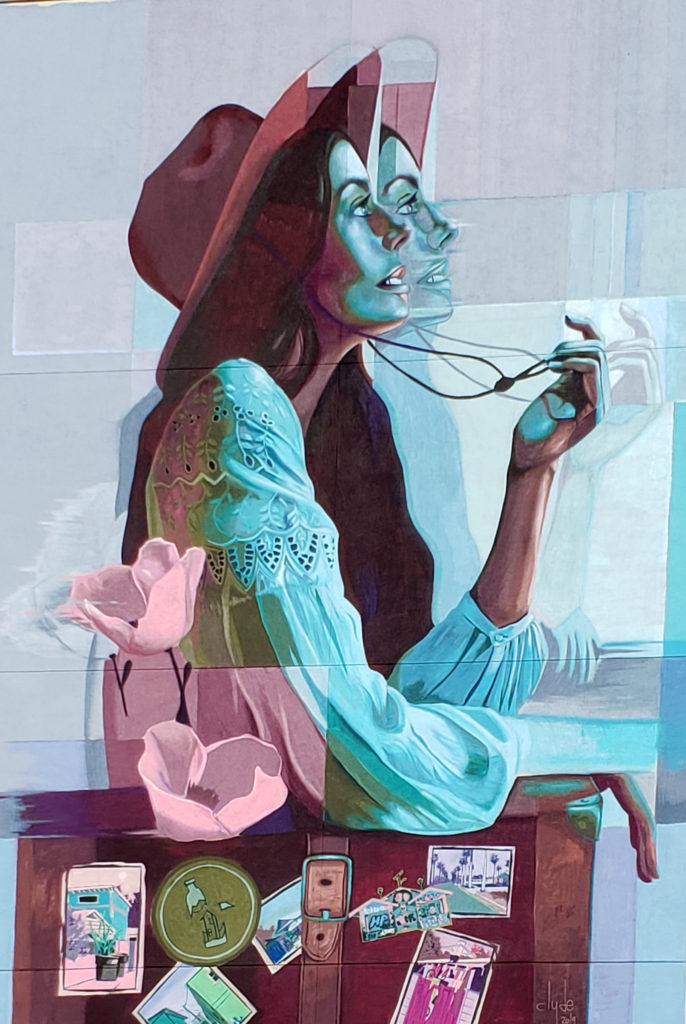
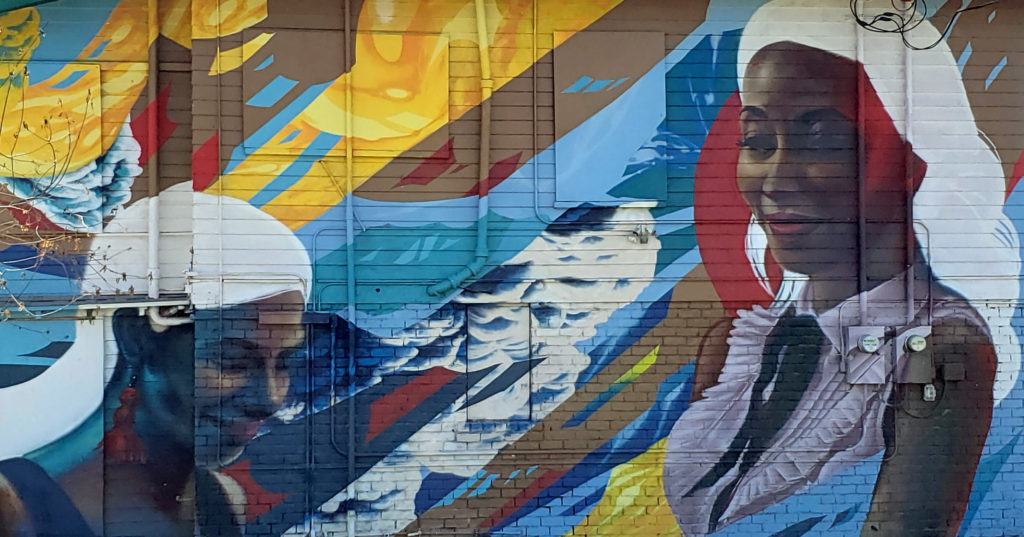
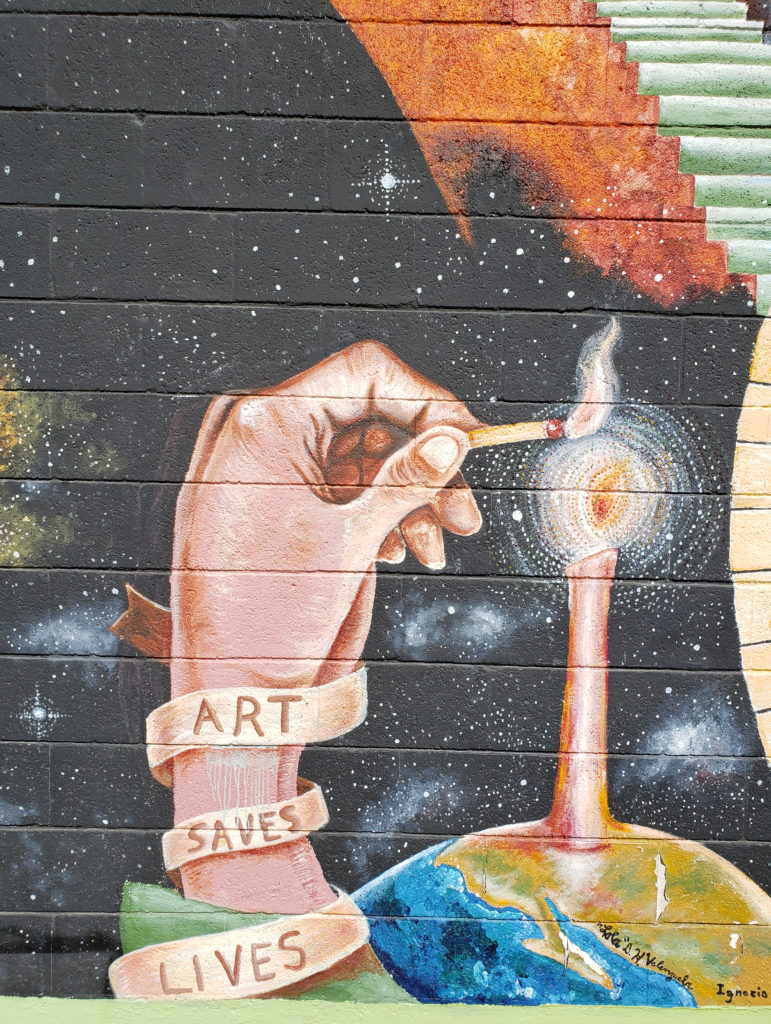
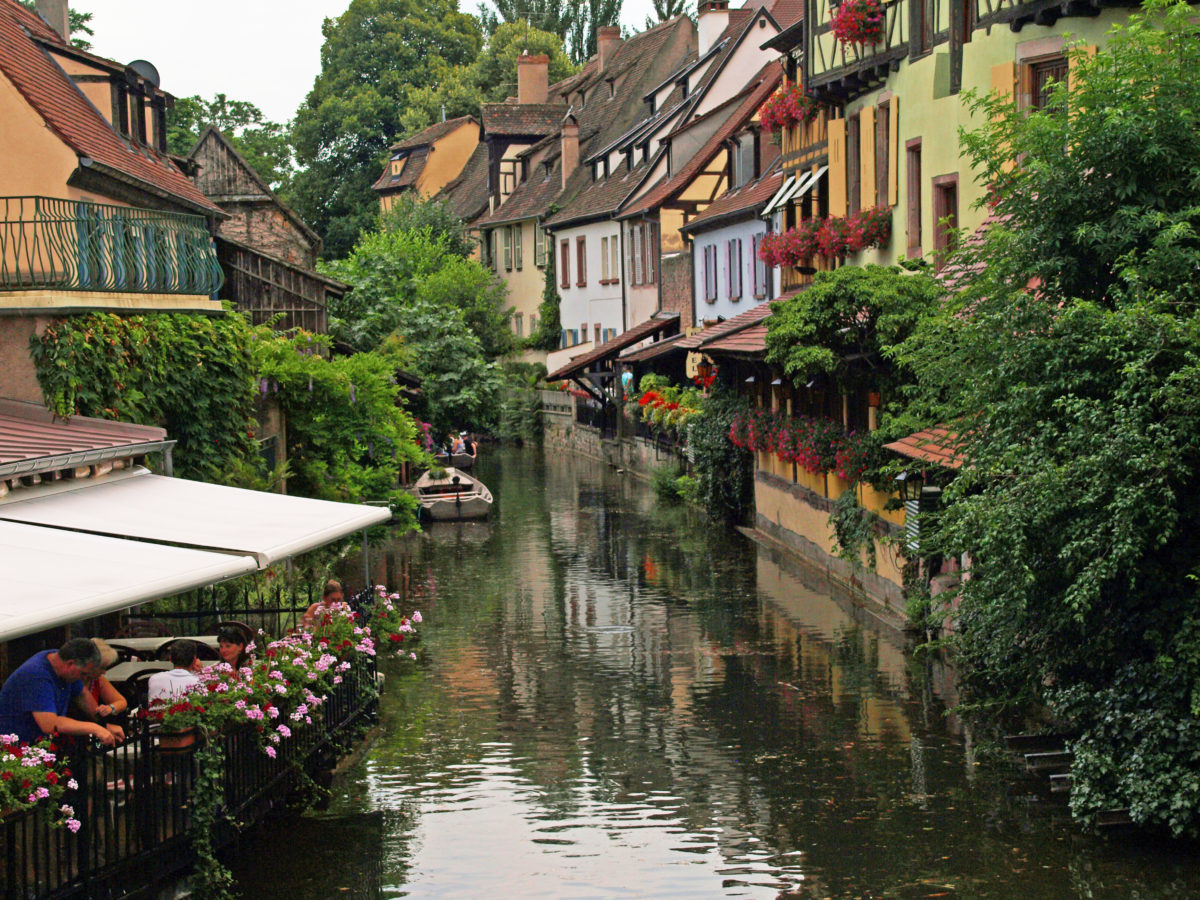

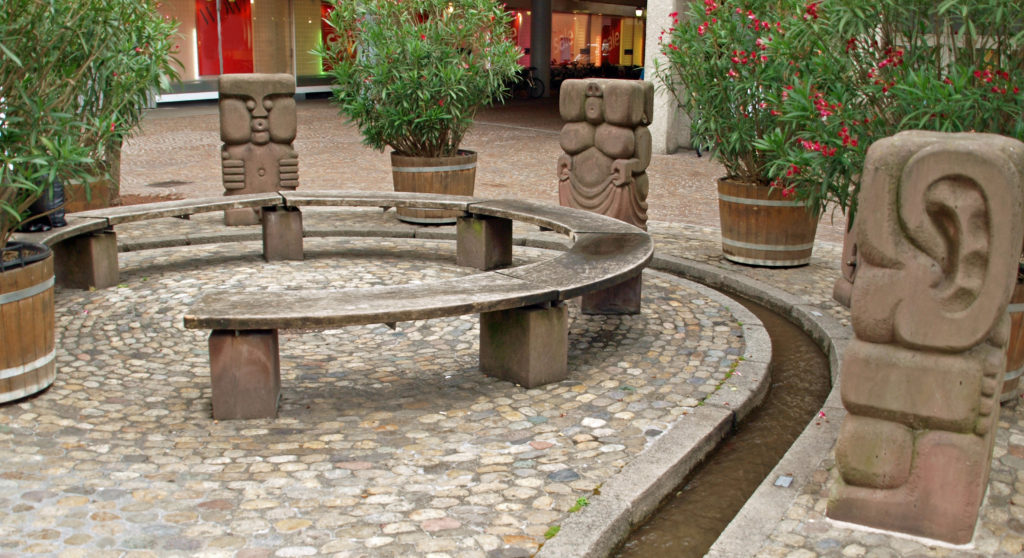
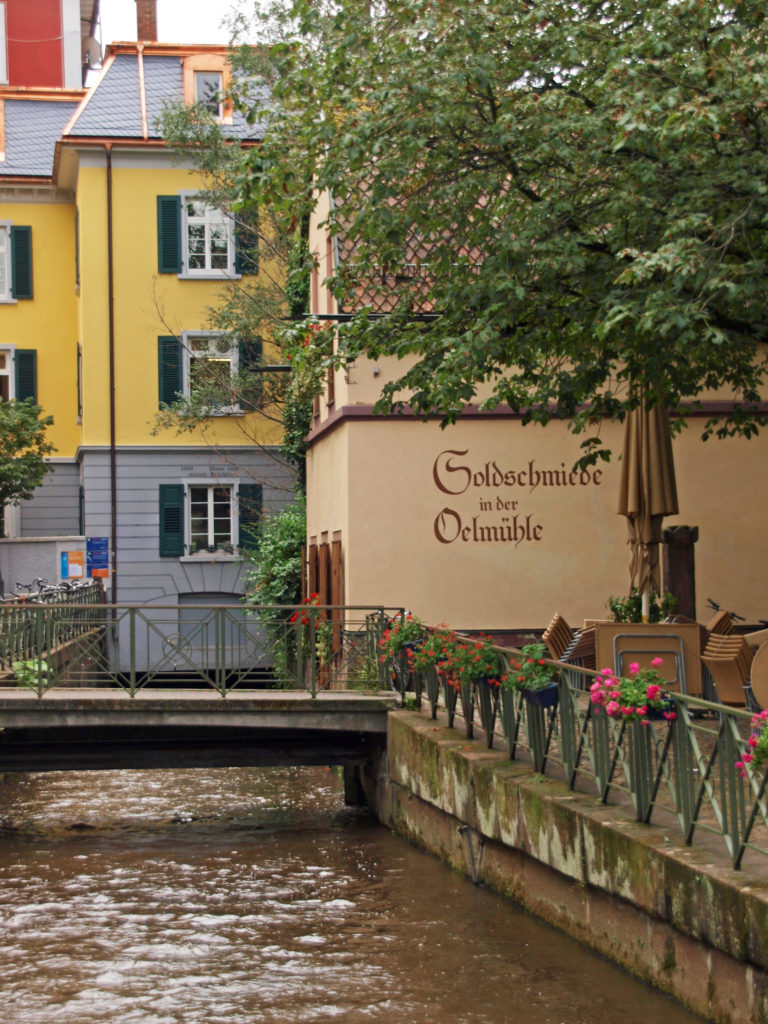
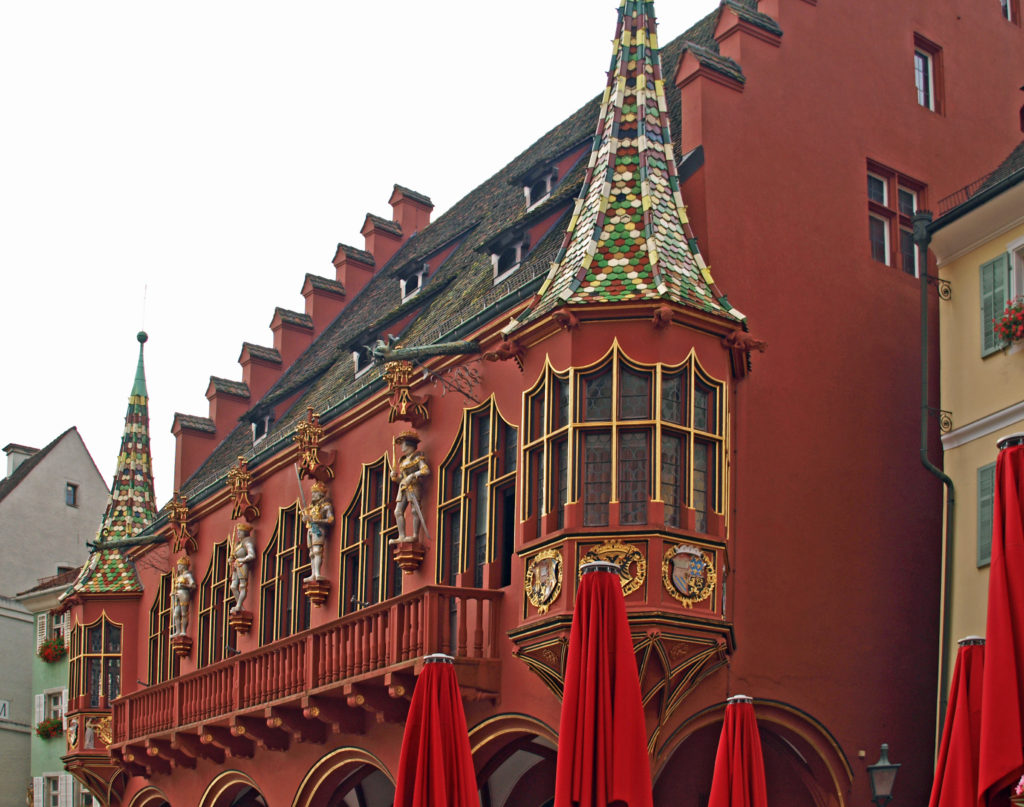
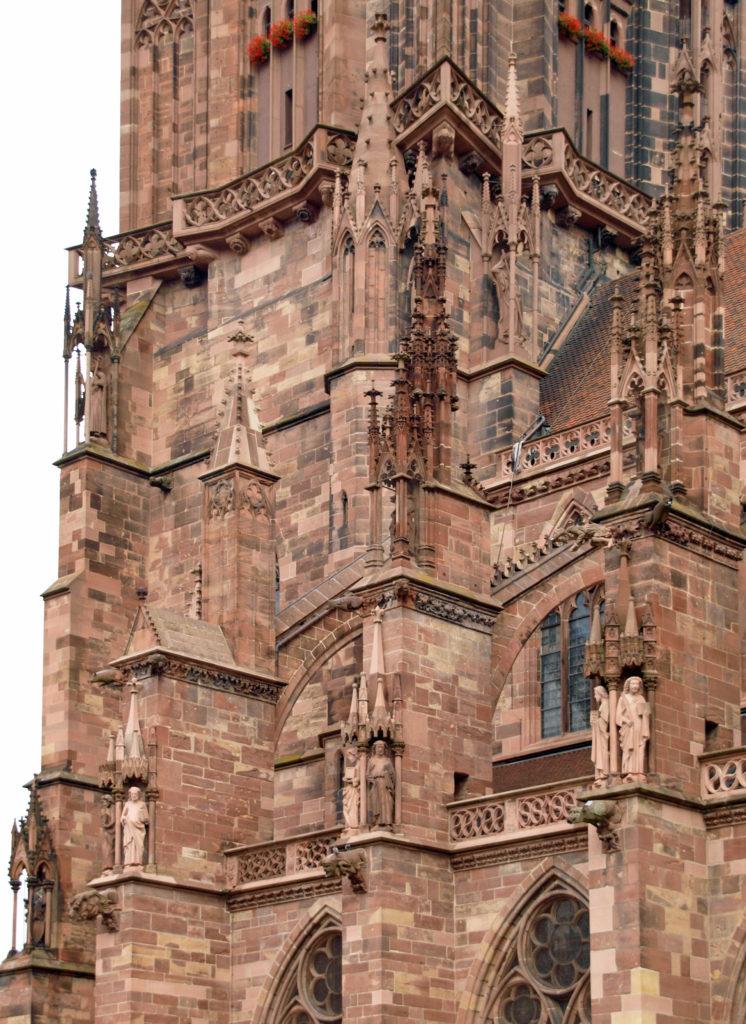
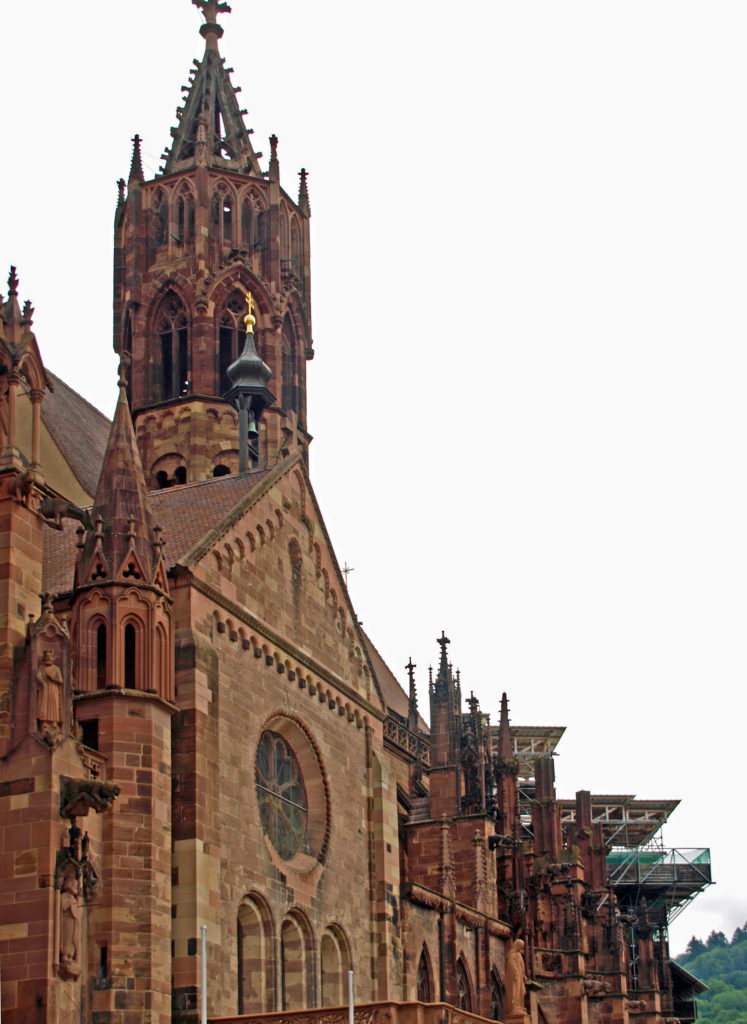
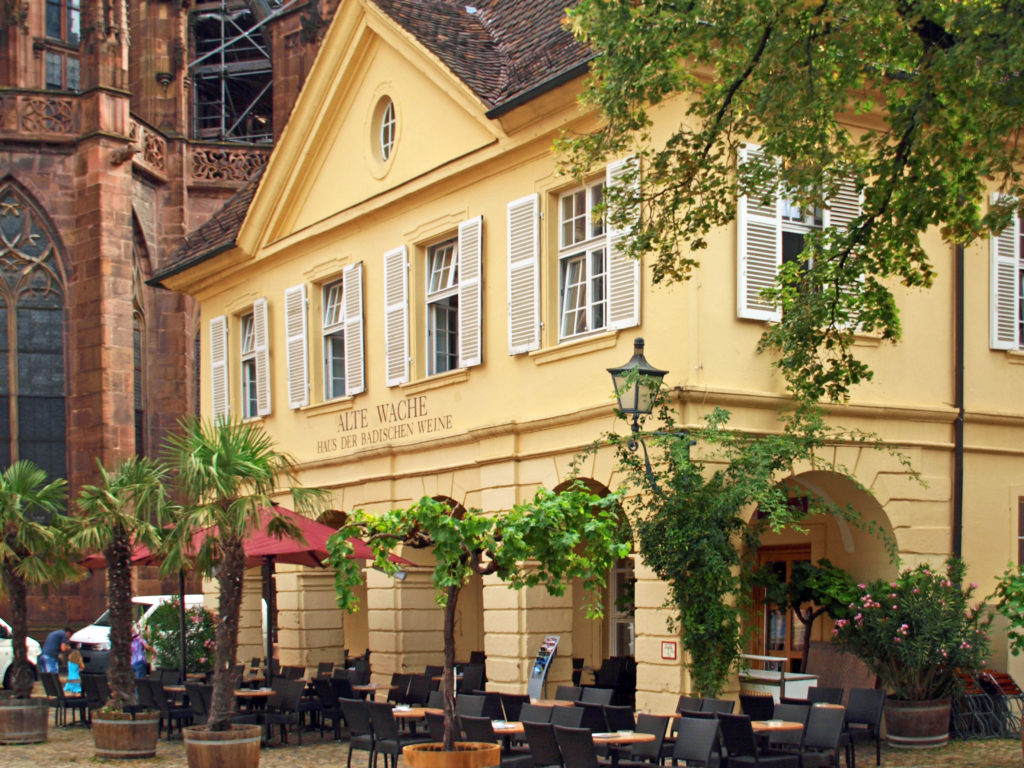
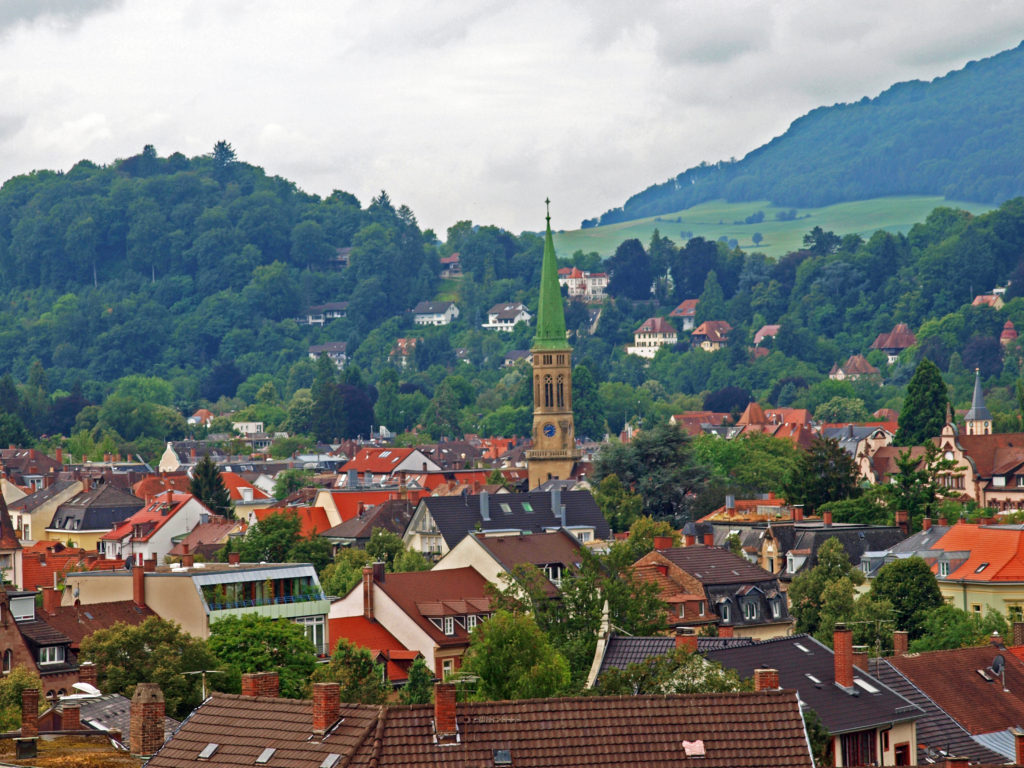
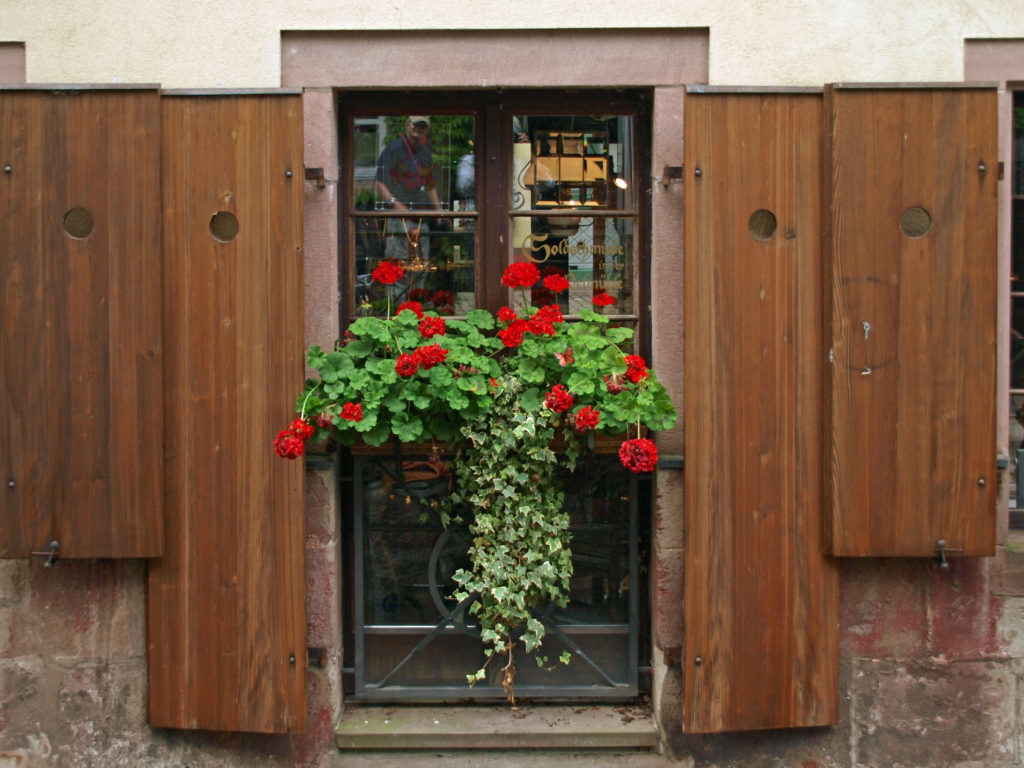
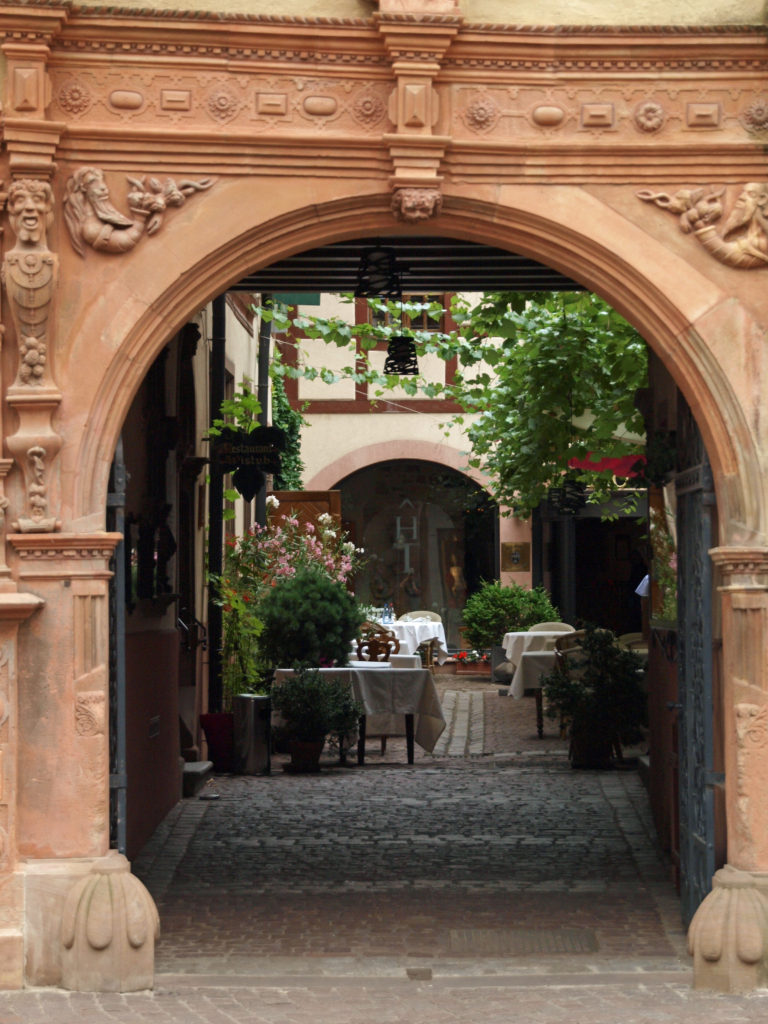
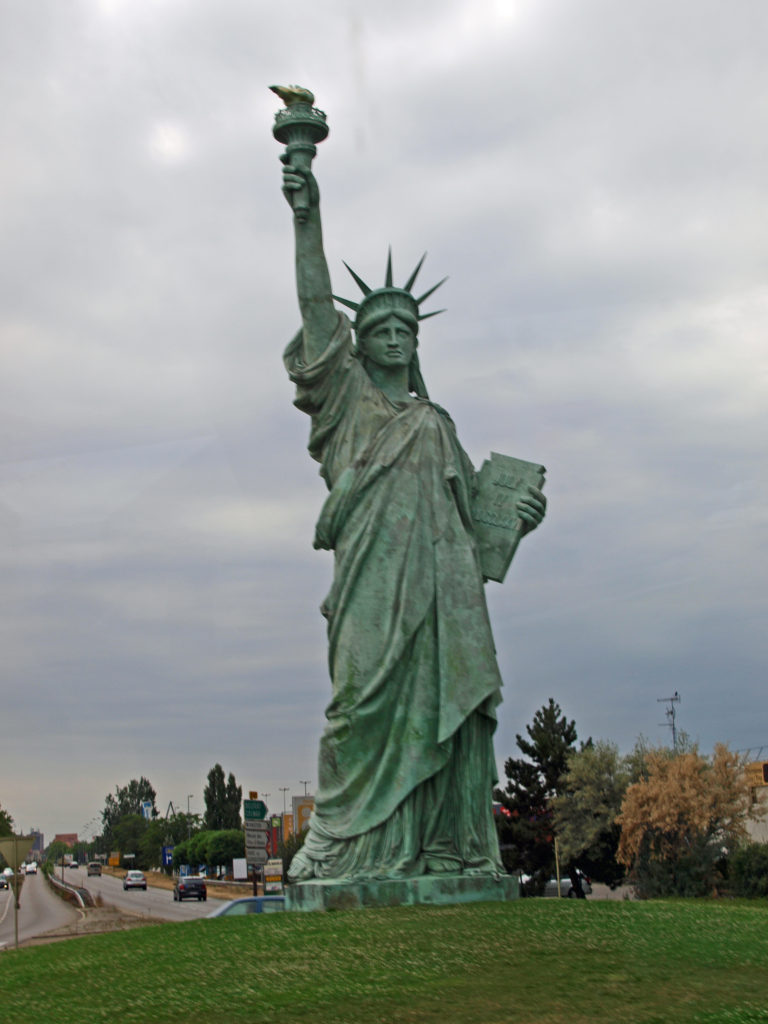
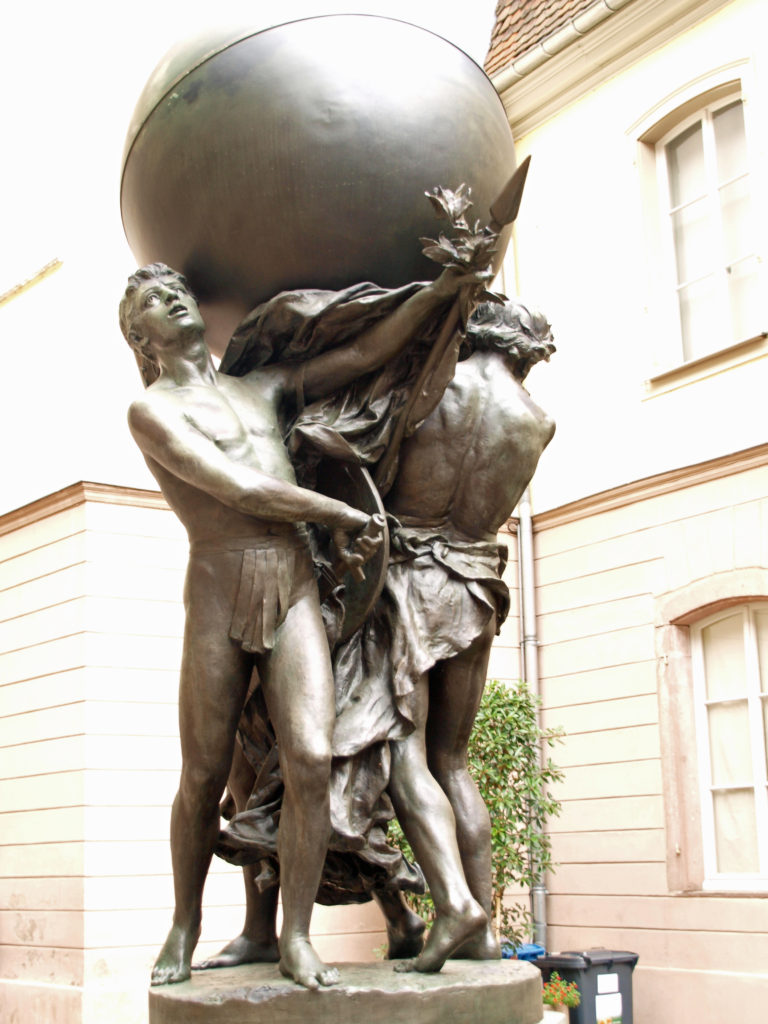
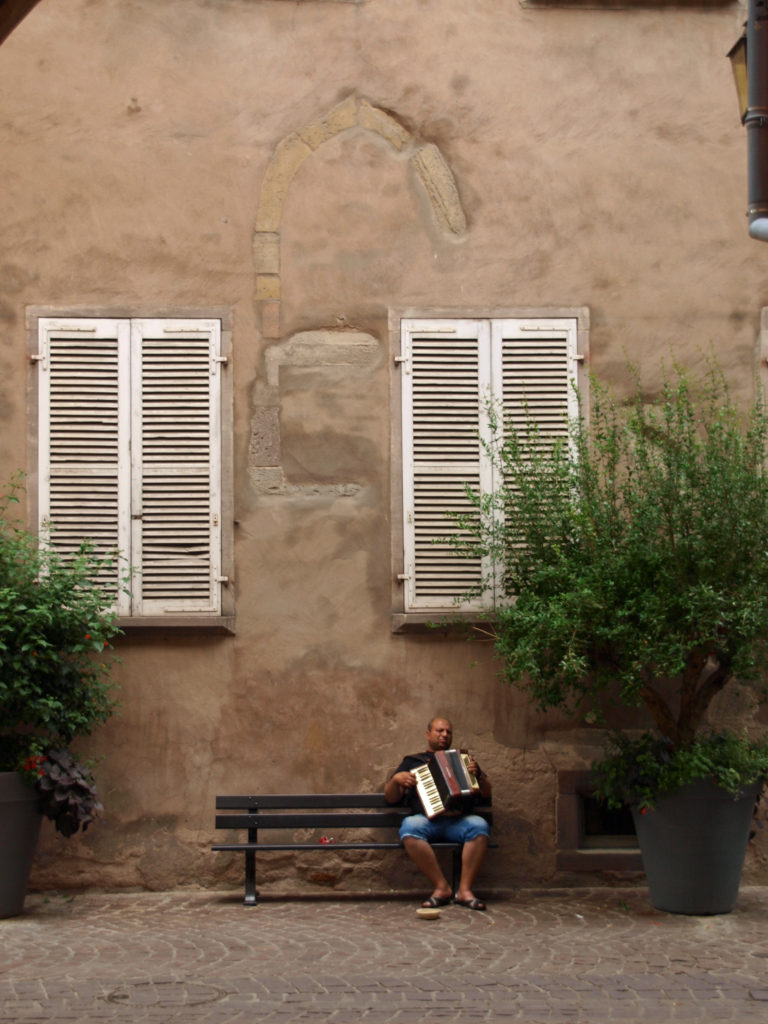
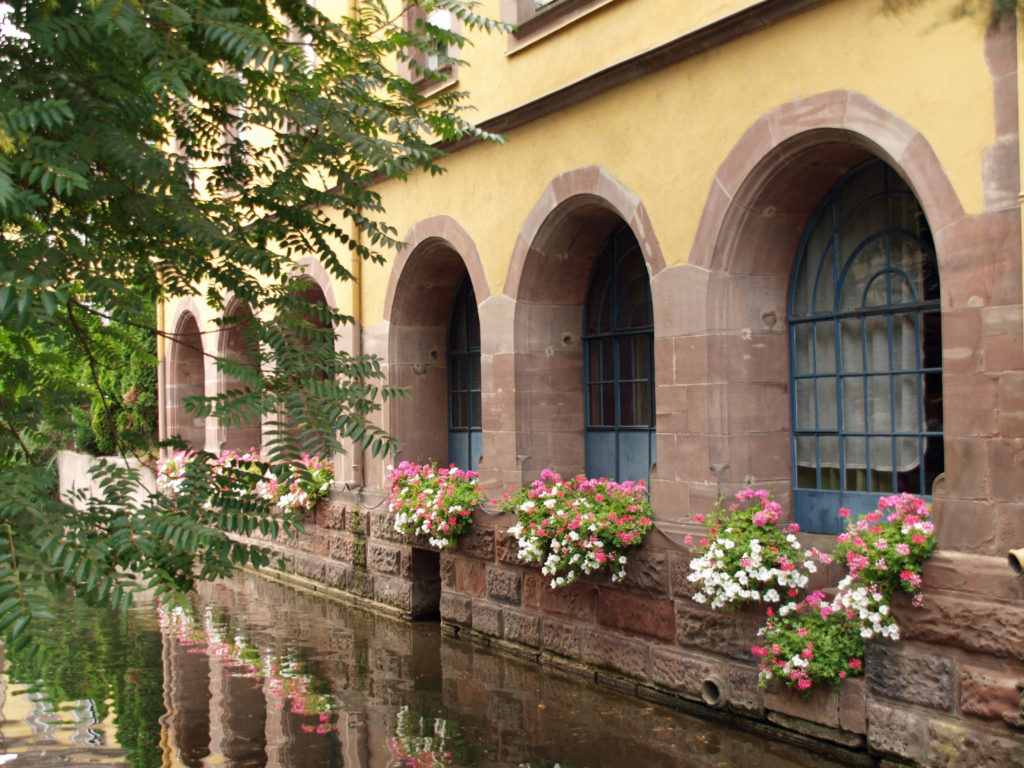
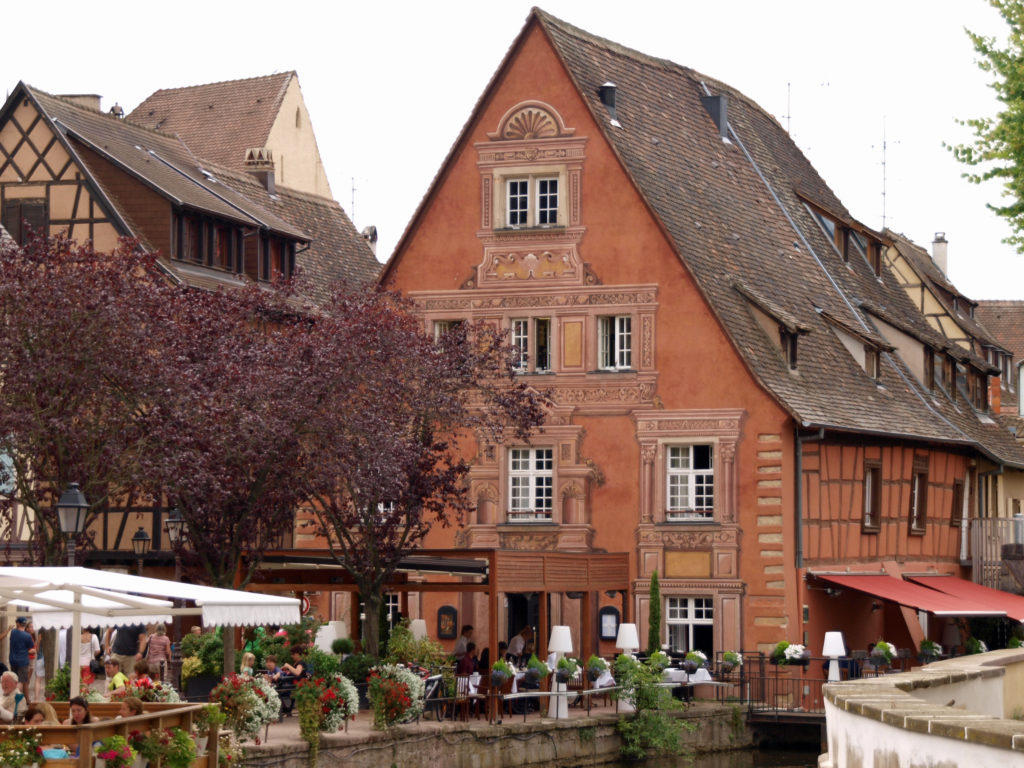
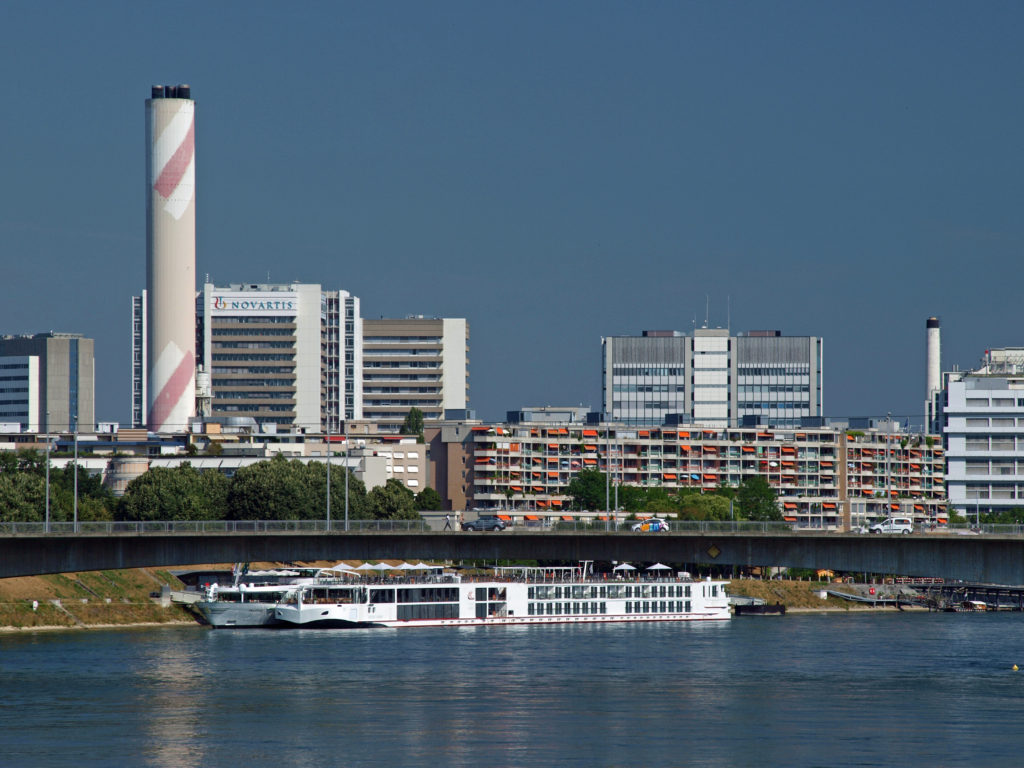
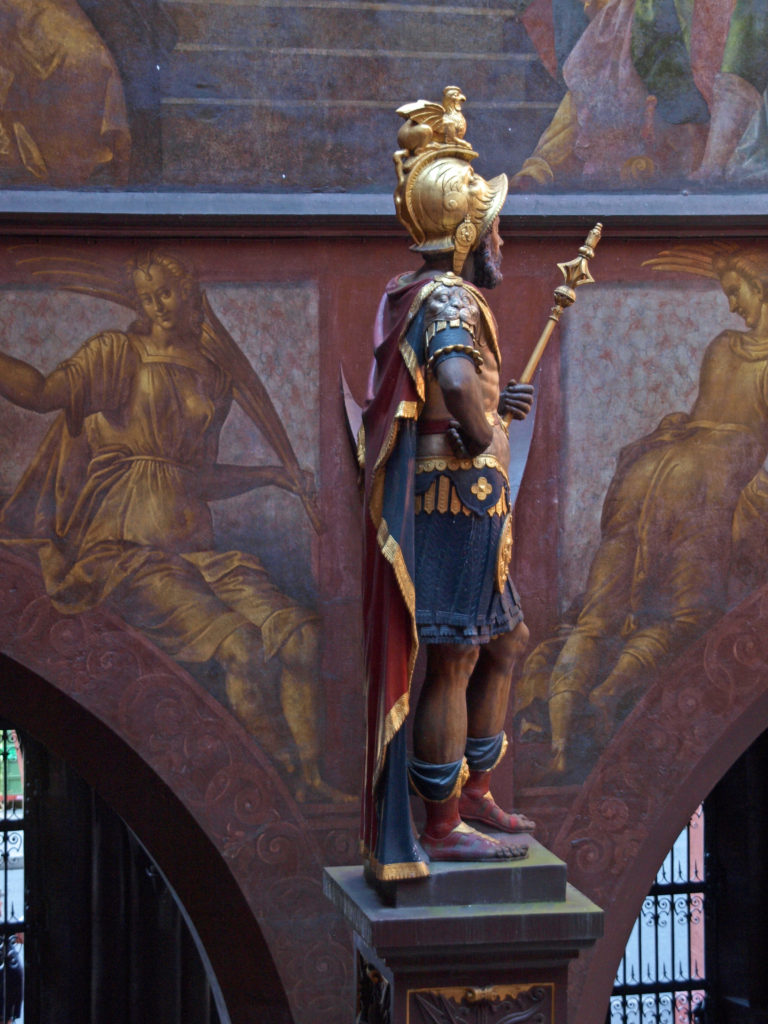
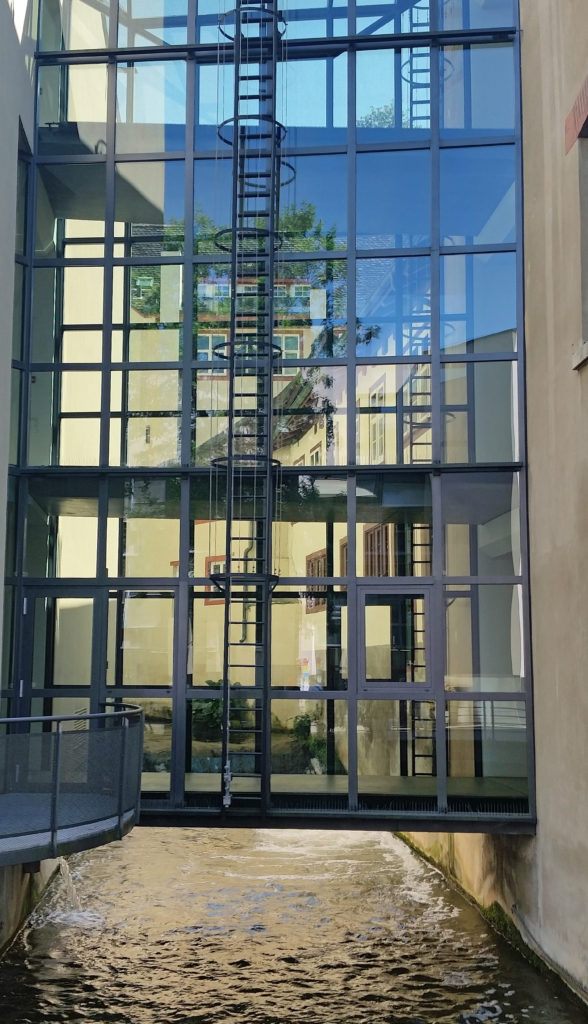
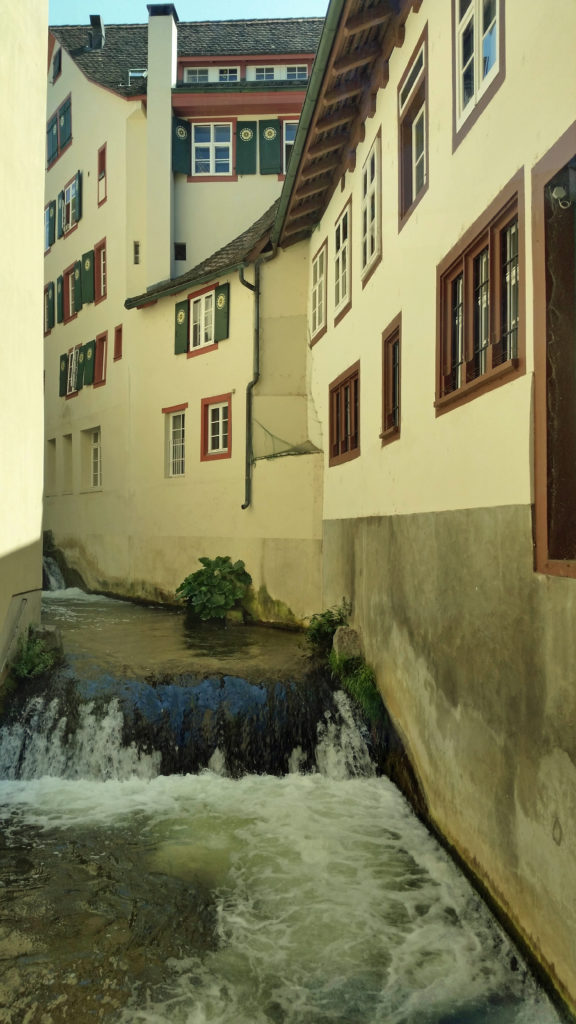
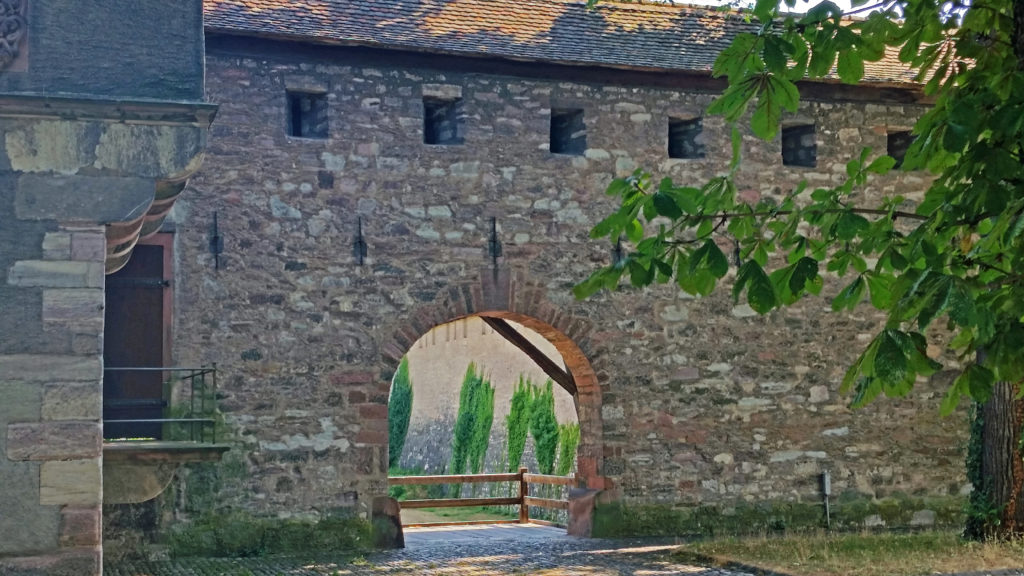 We spent the rest of the day exploring the city center, including Basel Cathedral (Basel Munster), and the Basel Town Hall, and sampling Swiss cuisine. All in all, Basel was a delightful surprise, and a fitting end to our Rhine River cruise.
We spent the rest of the day exploring the city center, including Basel Cathedral (Basel Munster), and the Basel Town Hall, and sampling Swiss cuisine. All in all, Basel was a delightful surprise, and a fitting end to our Rhine River cruise.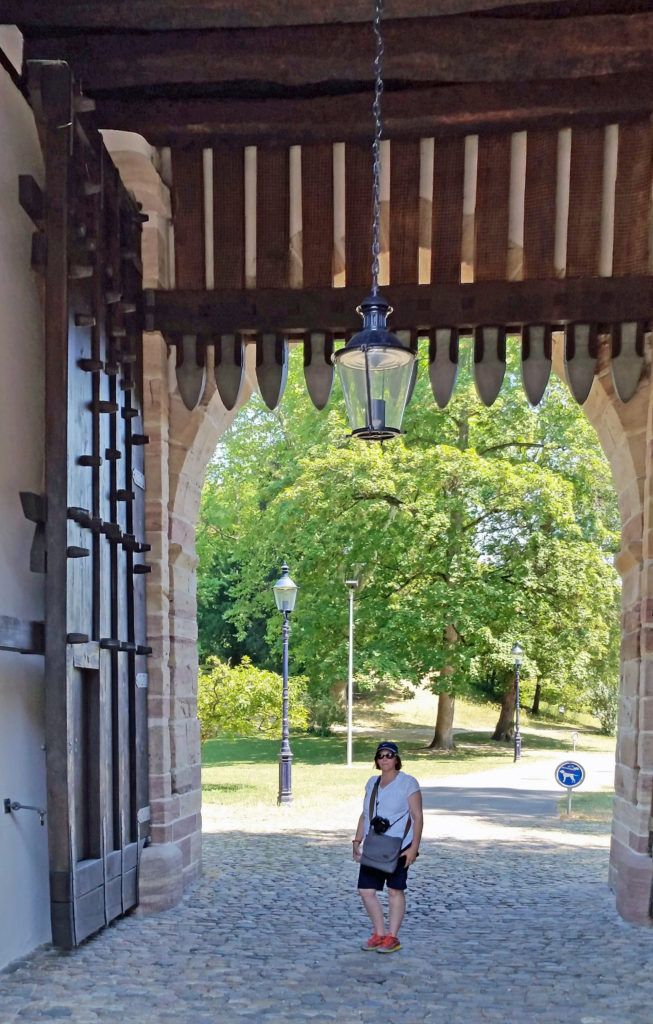
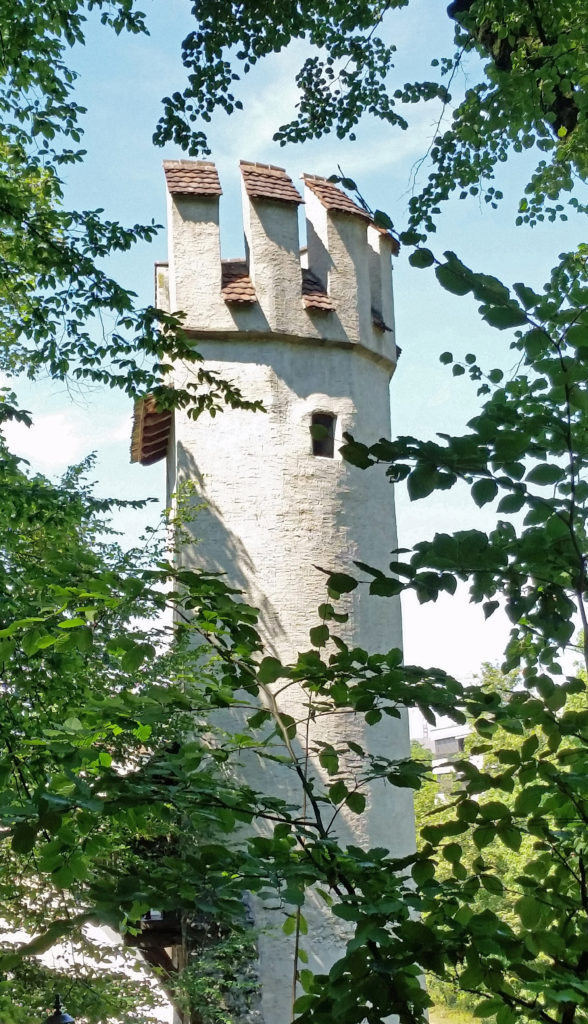
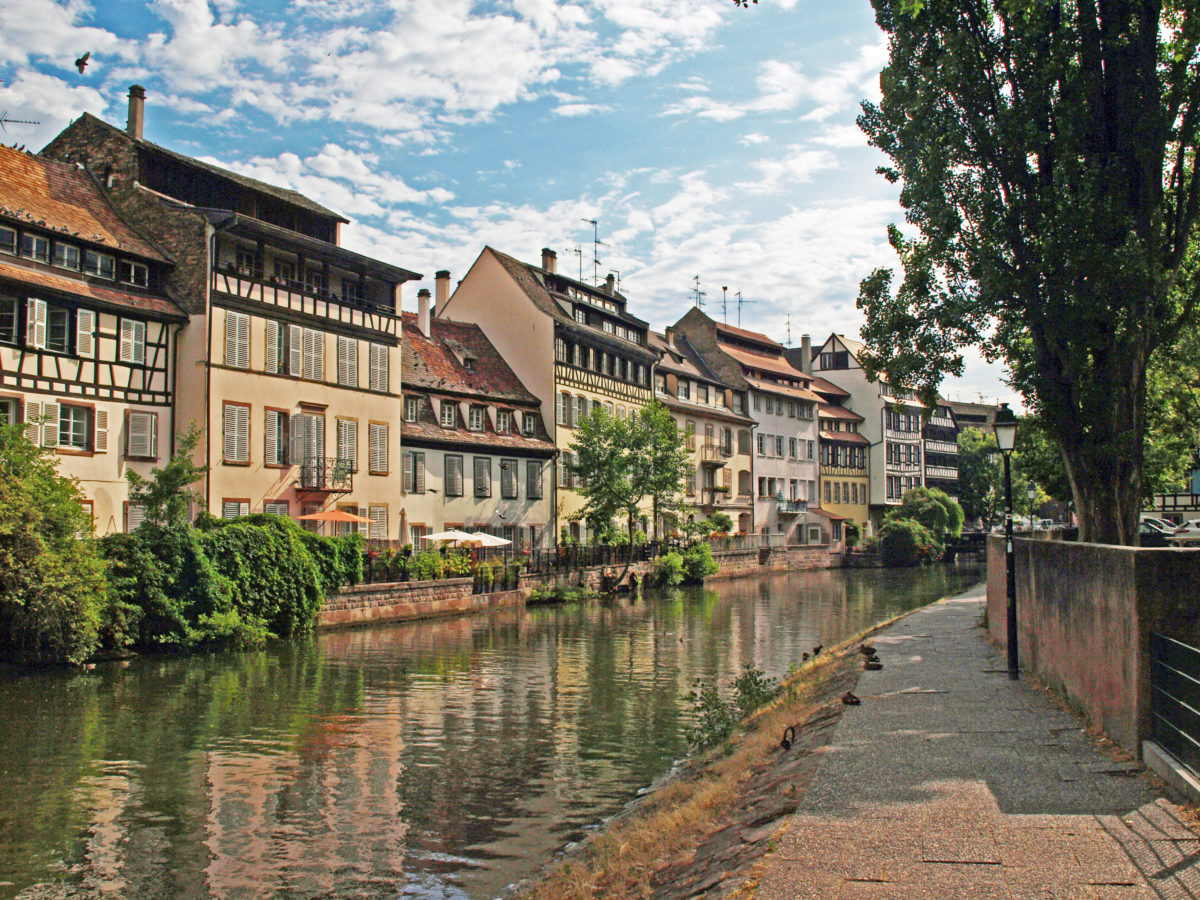
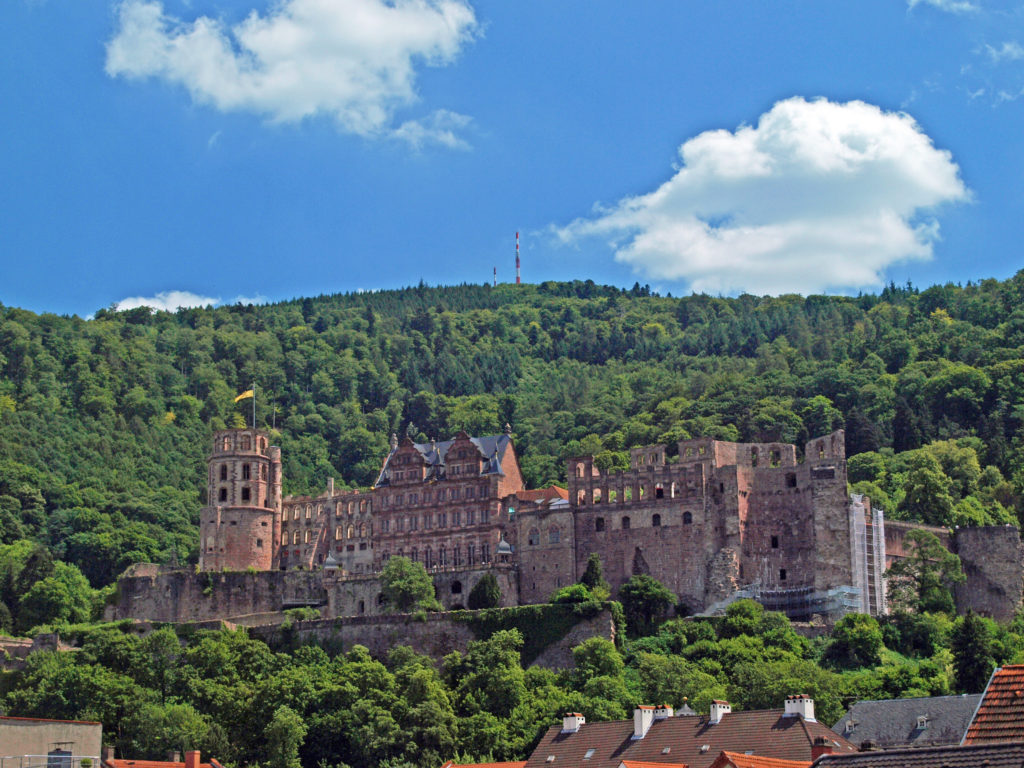
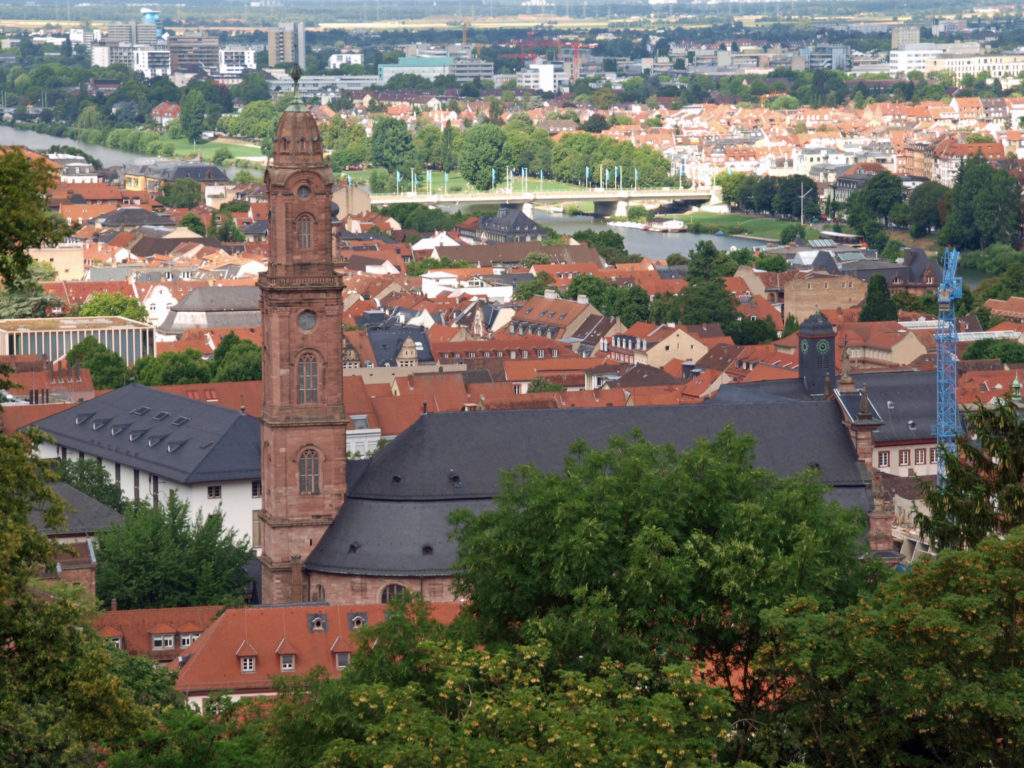
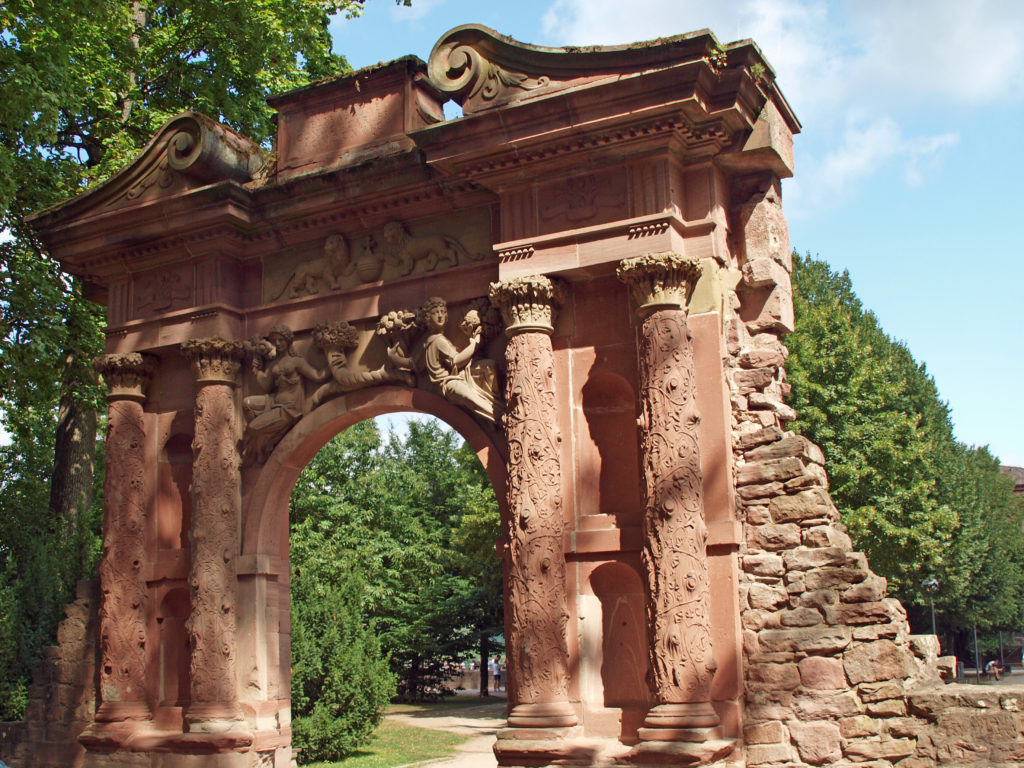
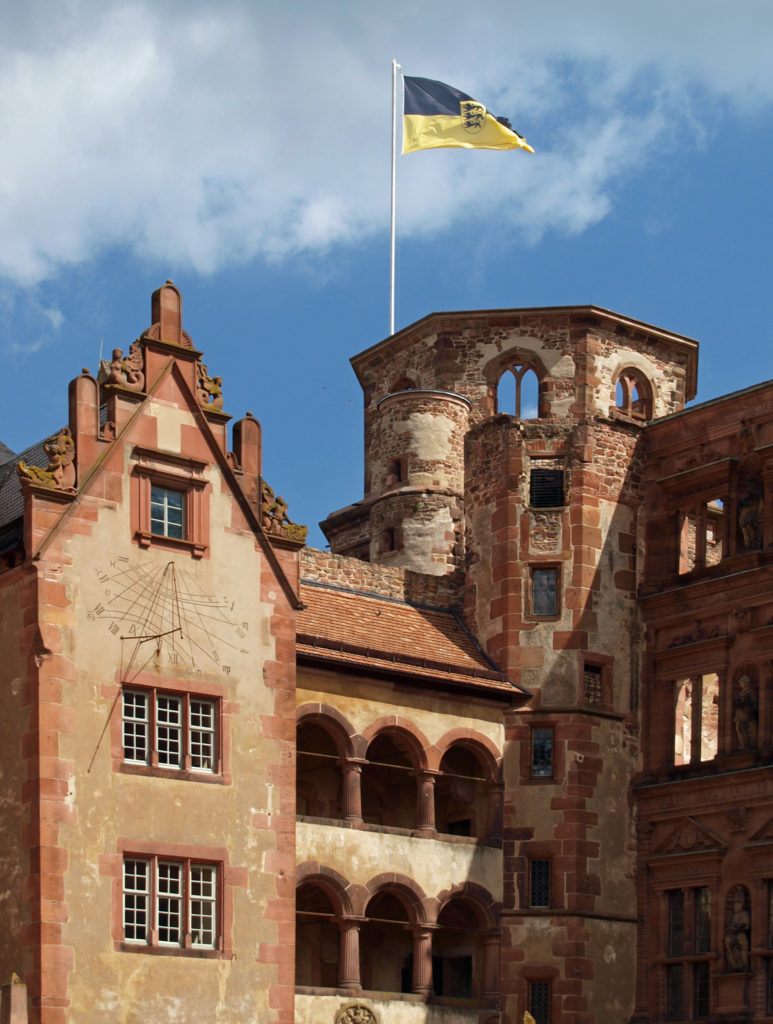
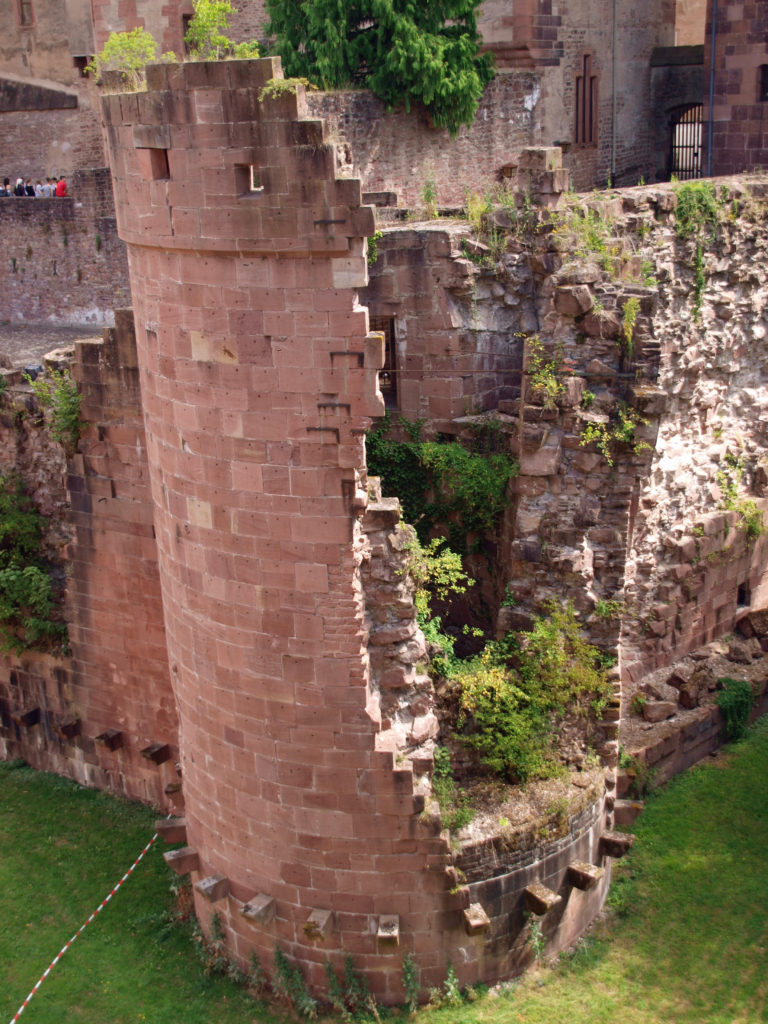 Our tour guide was a graduate student working on his doctorate in history at Heidelberg University, so we got a wealth of local history during our tour, told in an entertaining and often humorous manner. The castle ruins are a treasure trove of photo opportunities, as well. I could easily have spent a full day, or more, at the castle, but had to move on with the group.
Our tour guide was a graduate student working on his doctorate in history at Heidelberg University, so we got a wealth of local history during our tour, told in an entertaining and often humorous manner. The castle ruins are a treasure trove of photo opportunities, as well. I could easily have spent a full day, or more, at the castle, but had to move on with the group.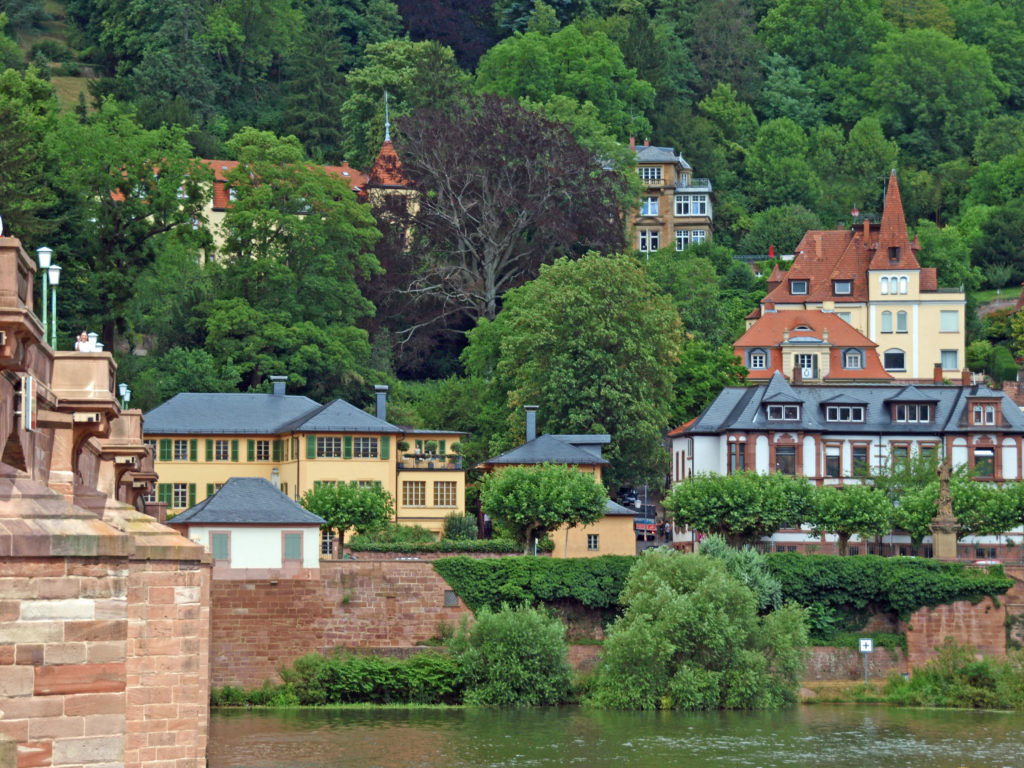
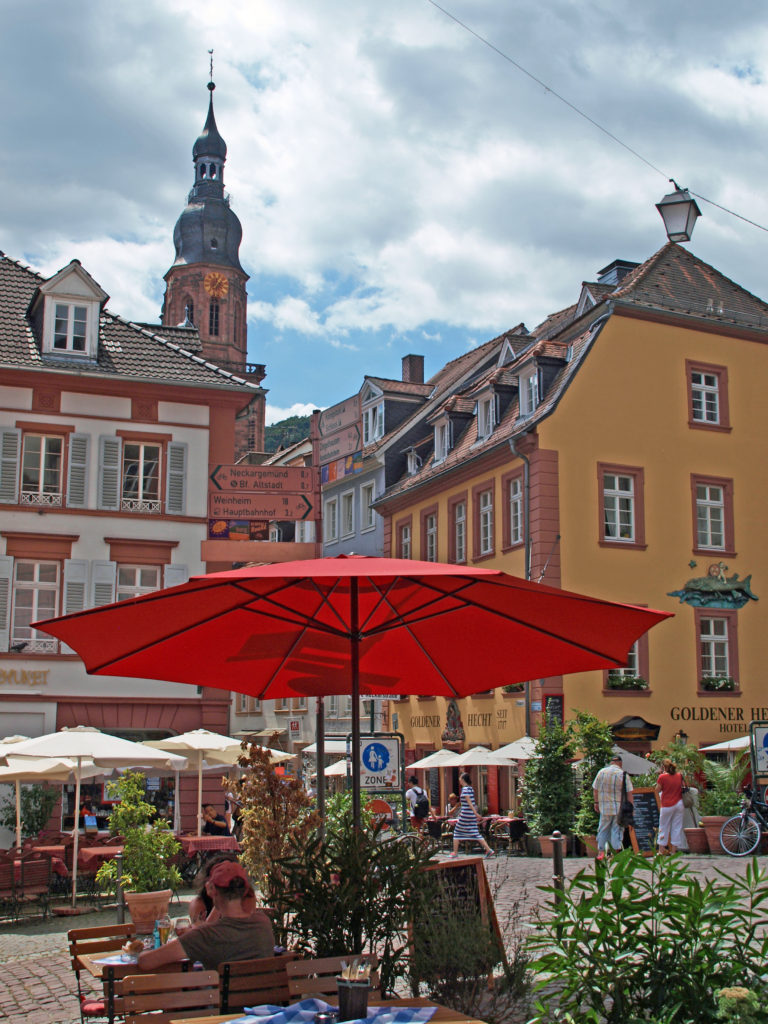
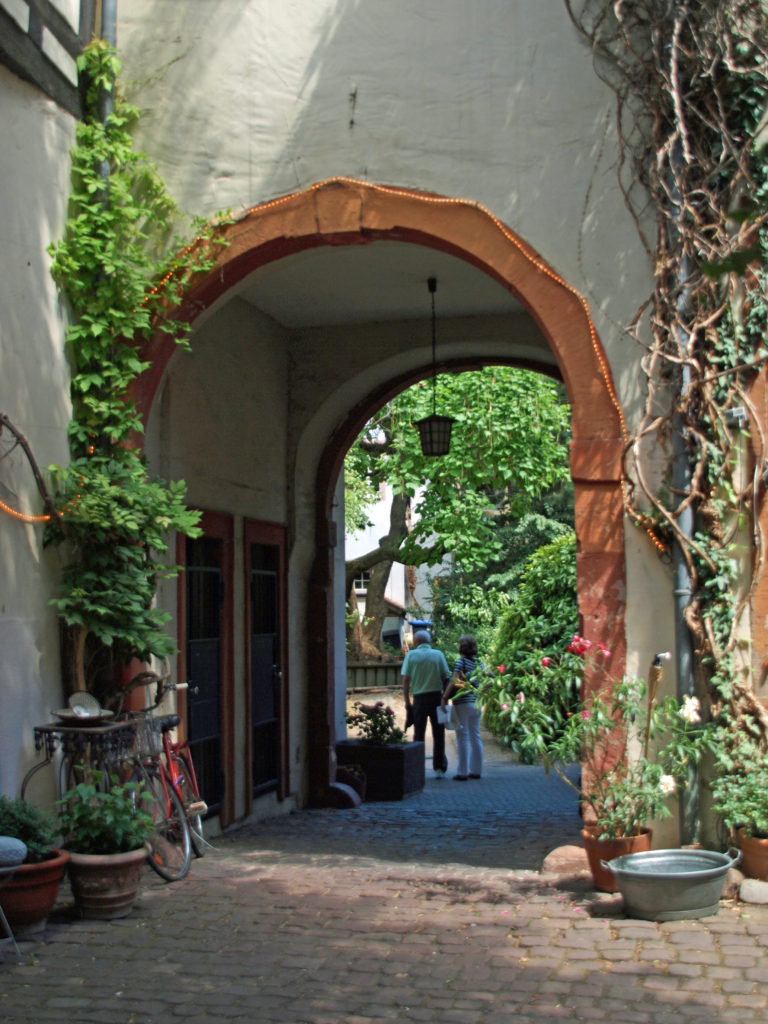 We spent an hour or so exploring the old city, then stopped at a sidewalk cafe at one of the hotels for lunch. While there, another of the couples on the cruise joined us. Fran and Victor, from Santiago, Chile, were one of the few non-American couples on the cruise. Coincidentally, Victor, who is a surgeon, had been sent to Heidelberg some time previously by the university hospital where he practiced (they had some sort of reciprocal relationship with Heidelberg University), and had stayed in the same hotel at which we were dining.
We spent an hour or so exploring the old city, then stopped at a sidewalk cafe at one of the hotels for lunch. While there, another of the couples on the cruise joined us. Fran and Victor, from Santiago, Chile, were one of the few non-American couples on the cruise. Coincidentally, Victor, who is a surgeon, had been sent to Heidelberg some time previously by the university hospital where he practiced (they had some sort of reciprocal relationship with Heidelberg University), and had stayed in the same hotel at which we were dining.
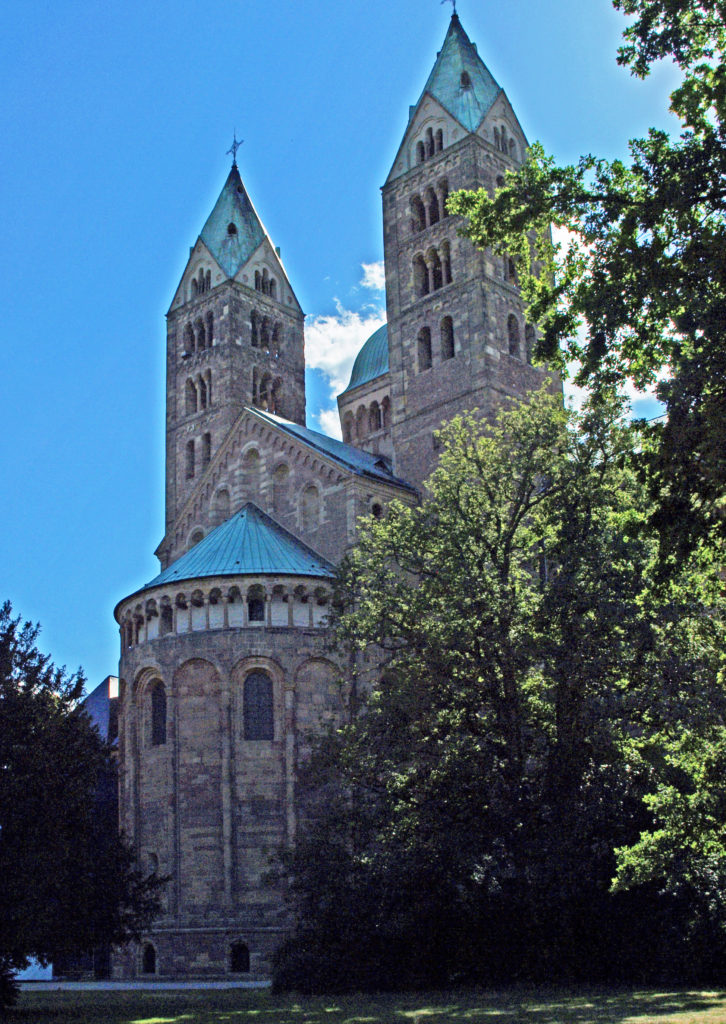
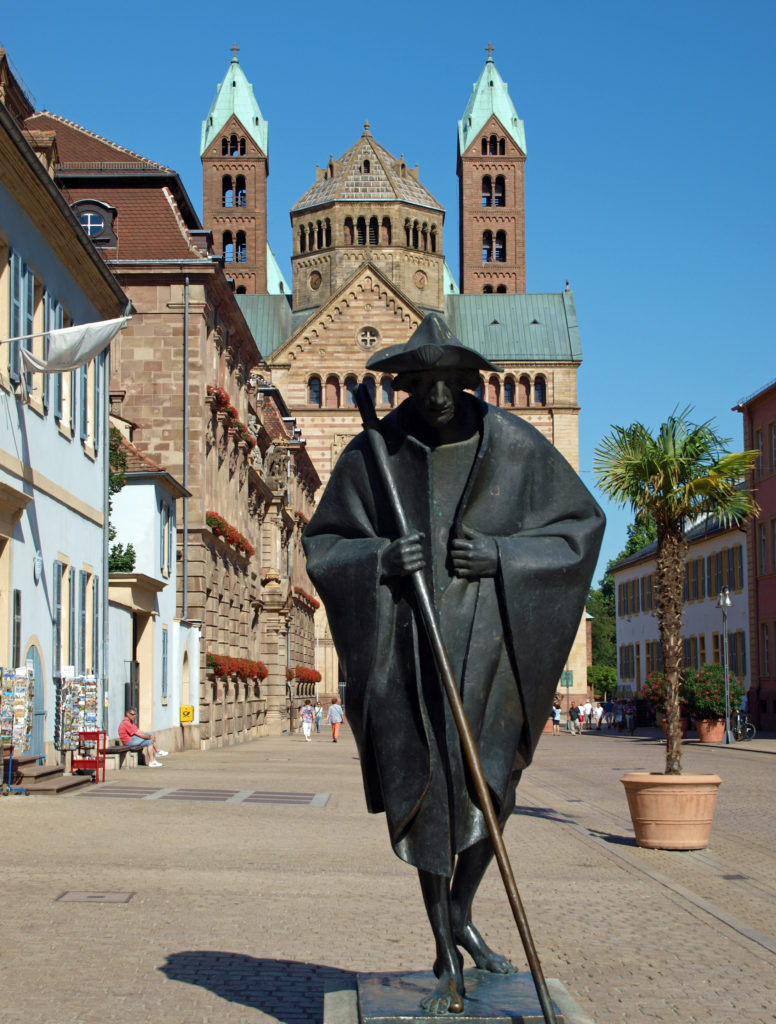
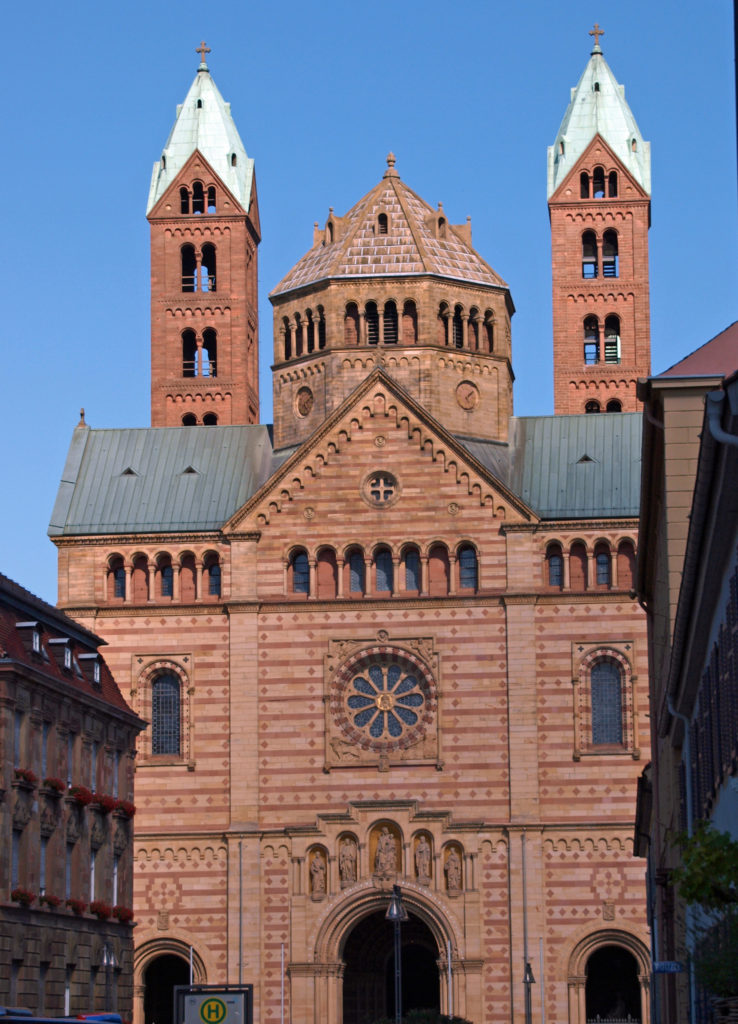
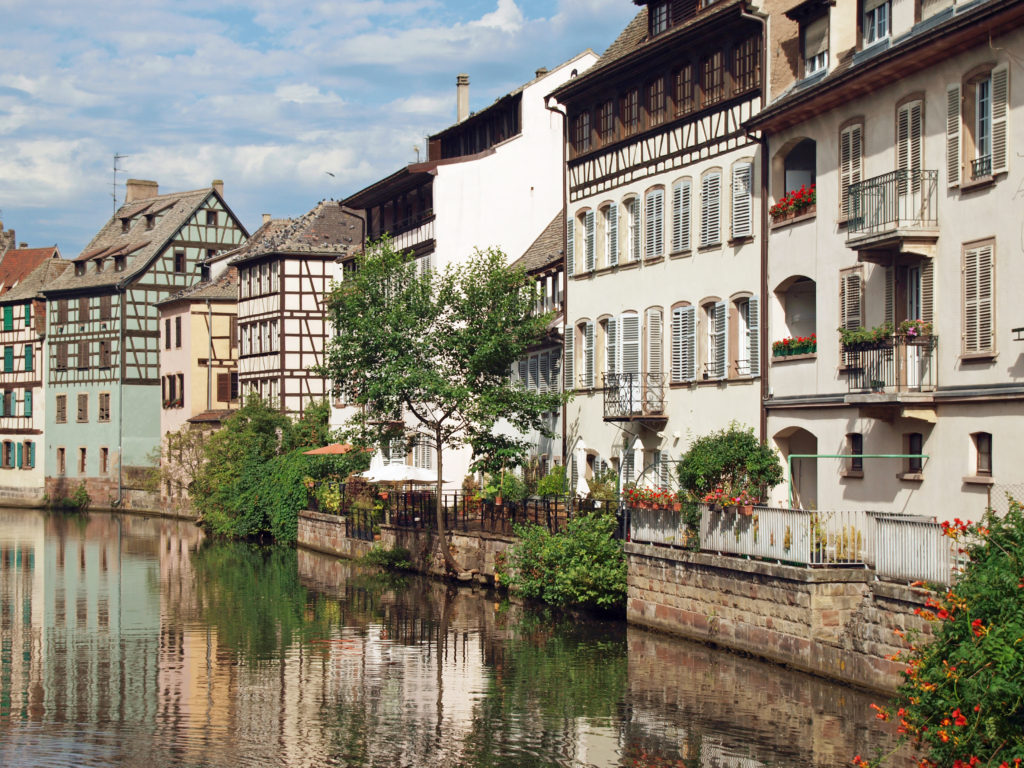

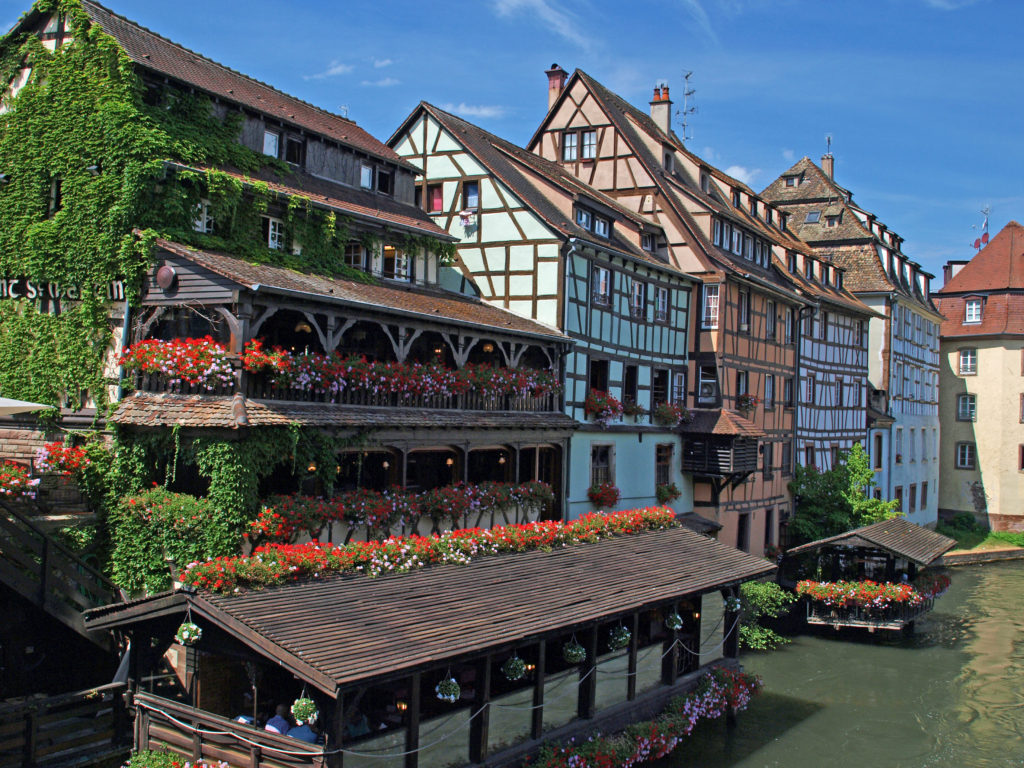
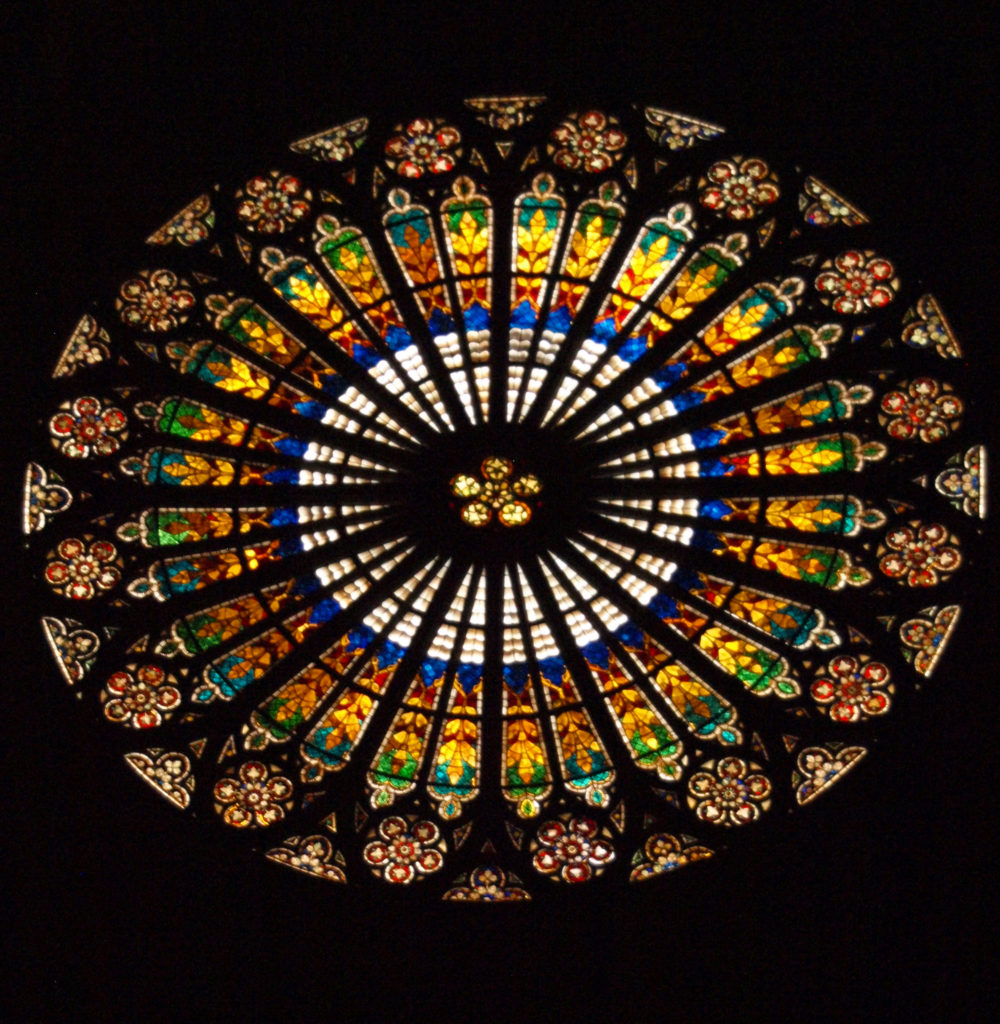
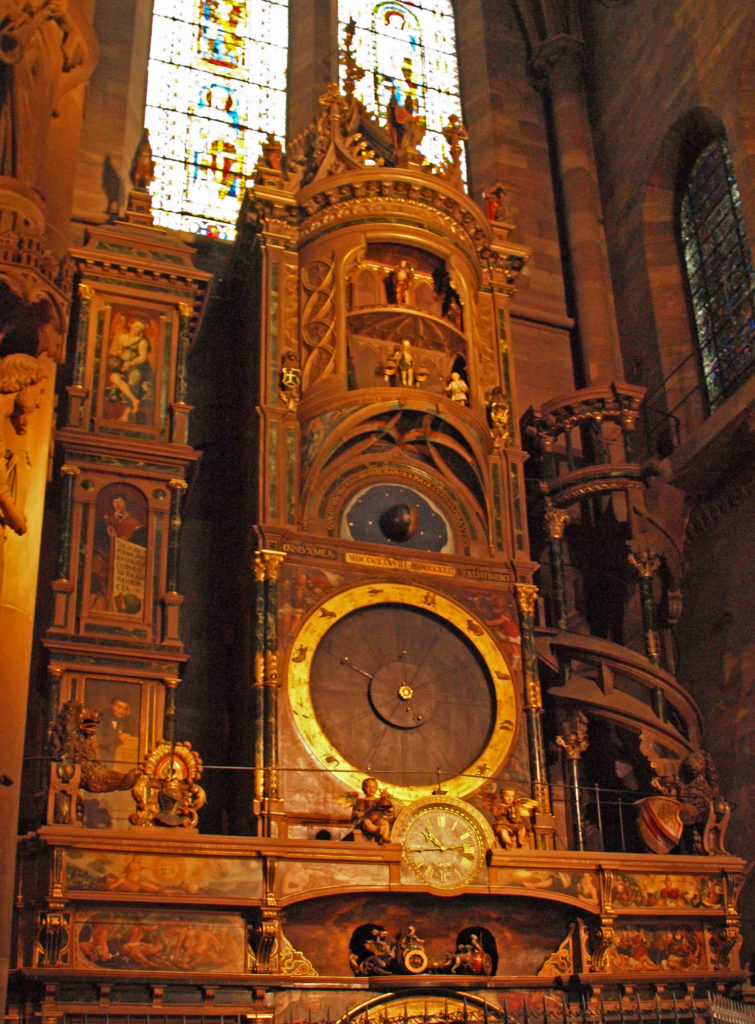
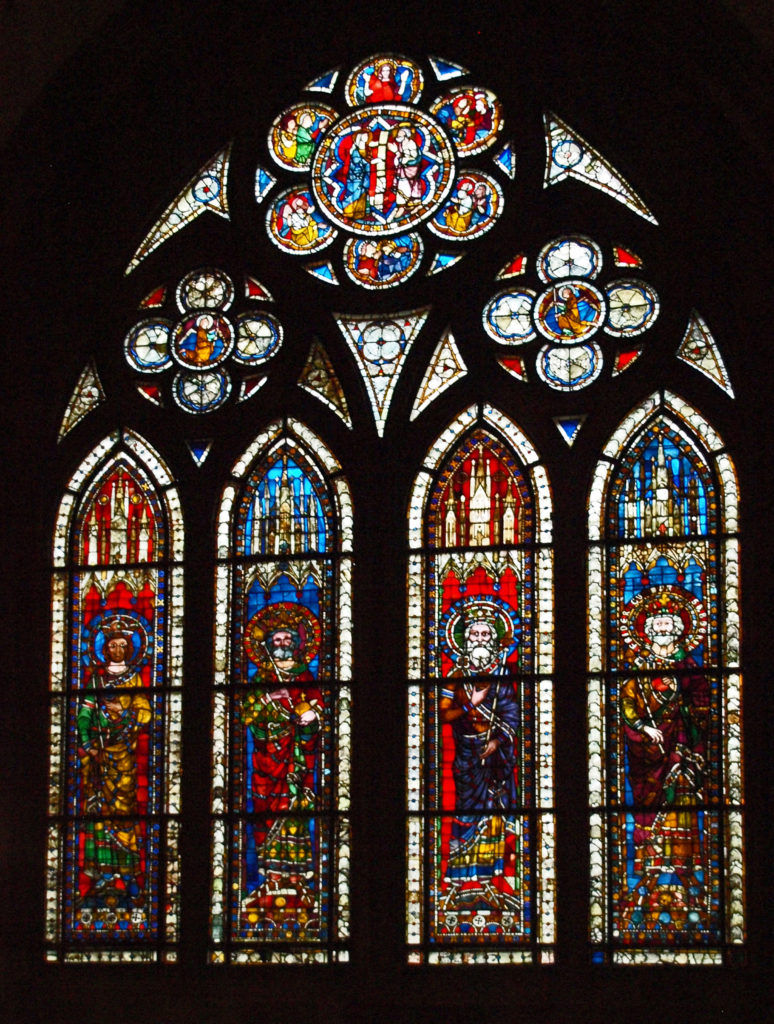
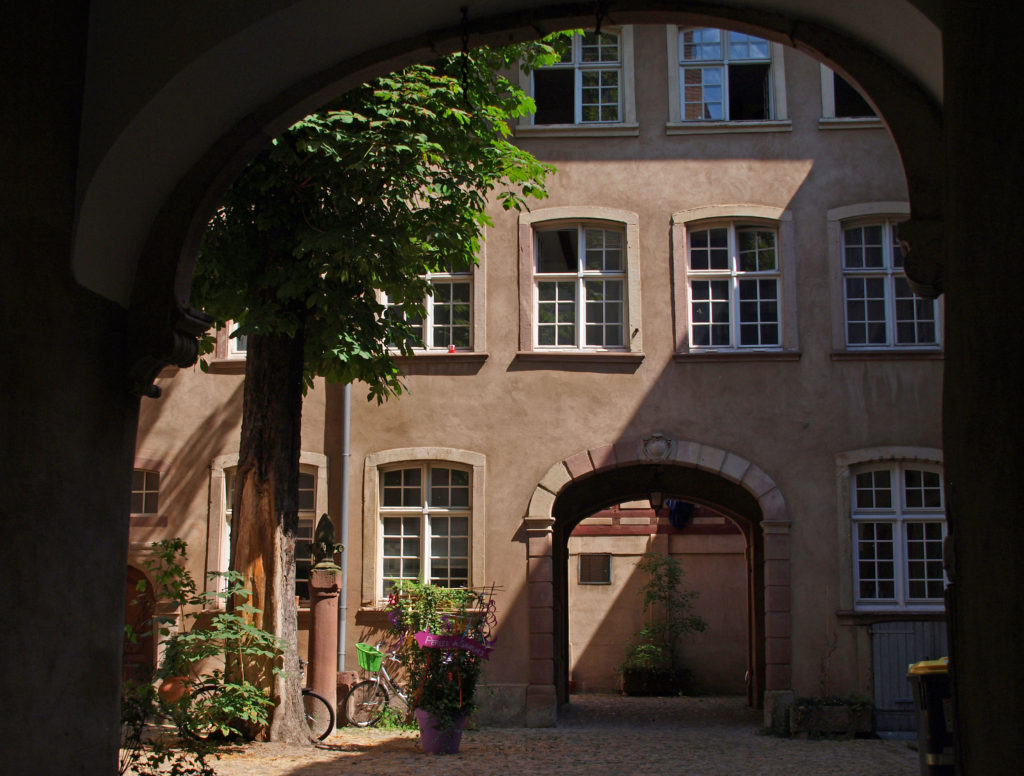
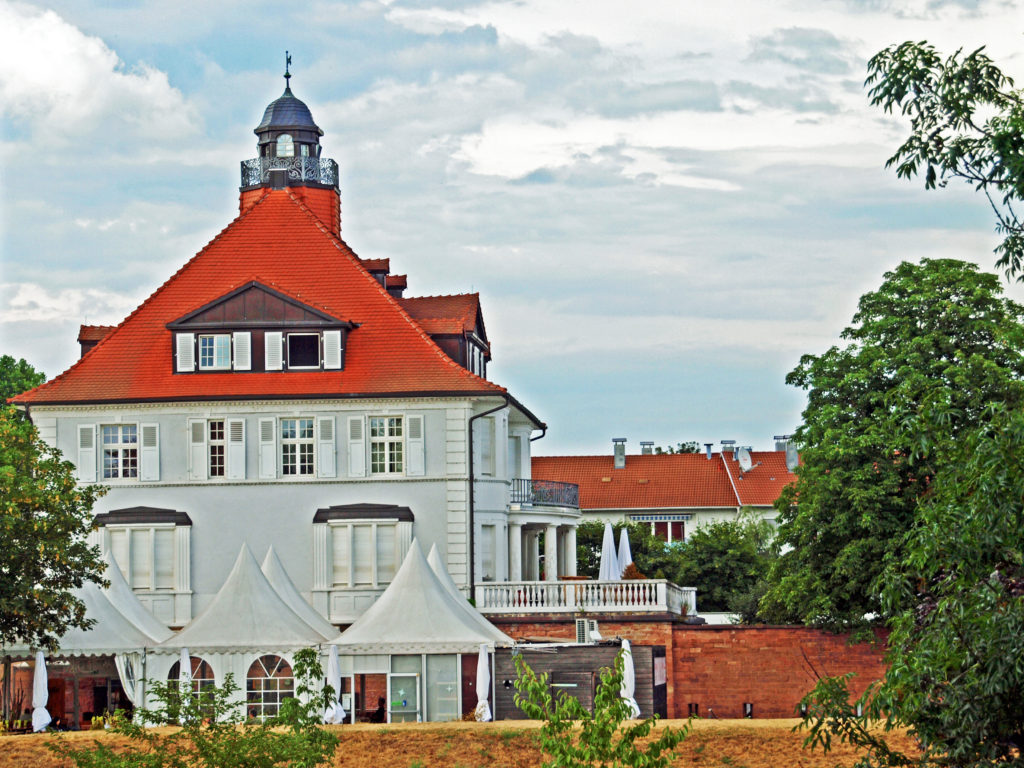 From Kehl, the ship sailed that evening to Breisach, Germany. Our excursions on the following day took us to Freiburg, Germany and Colmar, France. Look for an upcoming post on those outings.
From Kehl, the ship sailed that evening to Breisach, Germany. Our excursions on the following day took us to Freiburg, Germany and Colmar, France. Look for an upcoming post on those outings.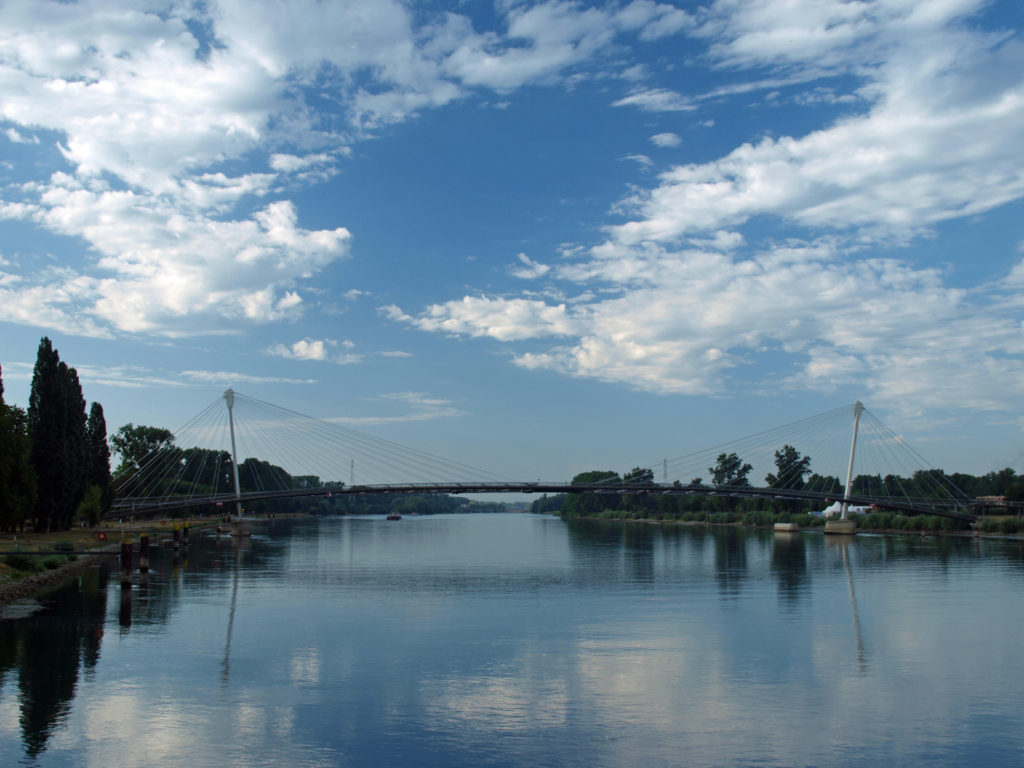
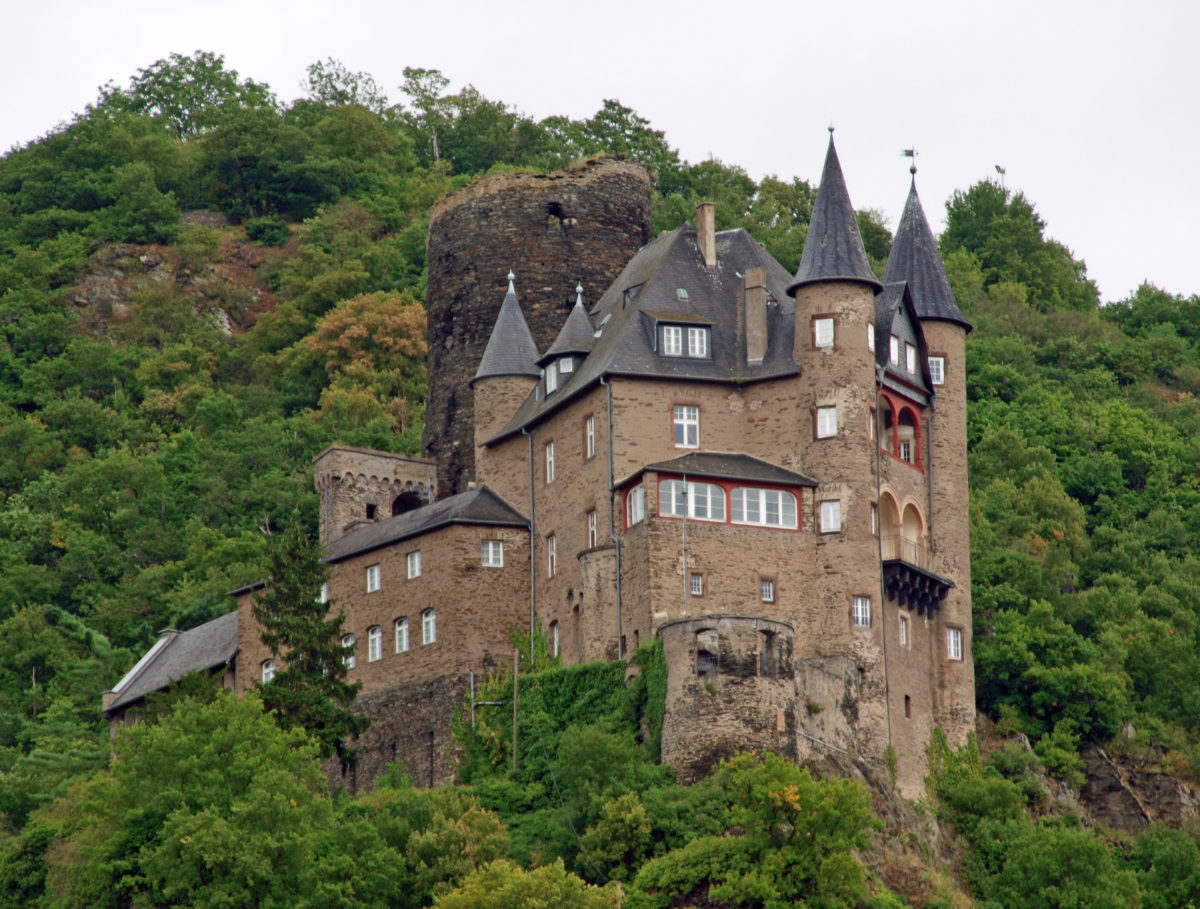
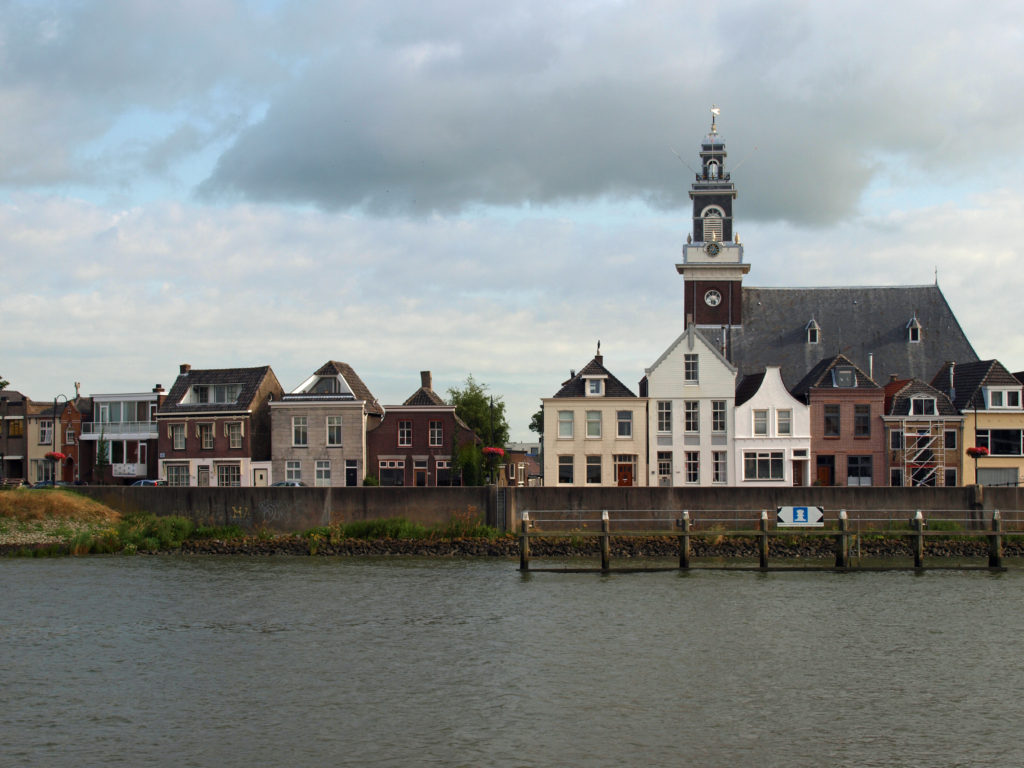
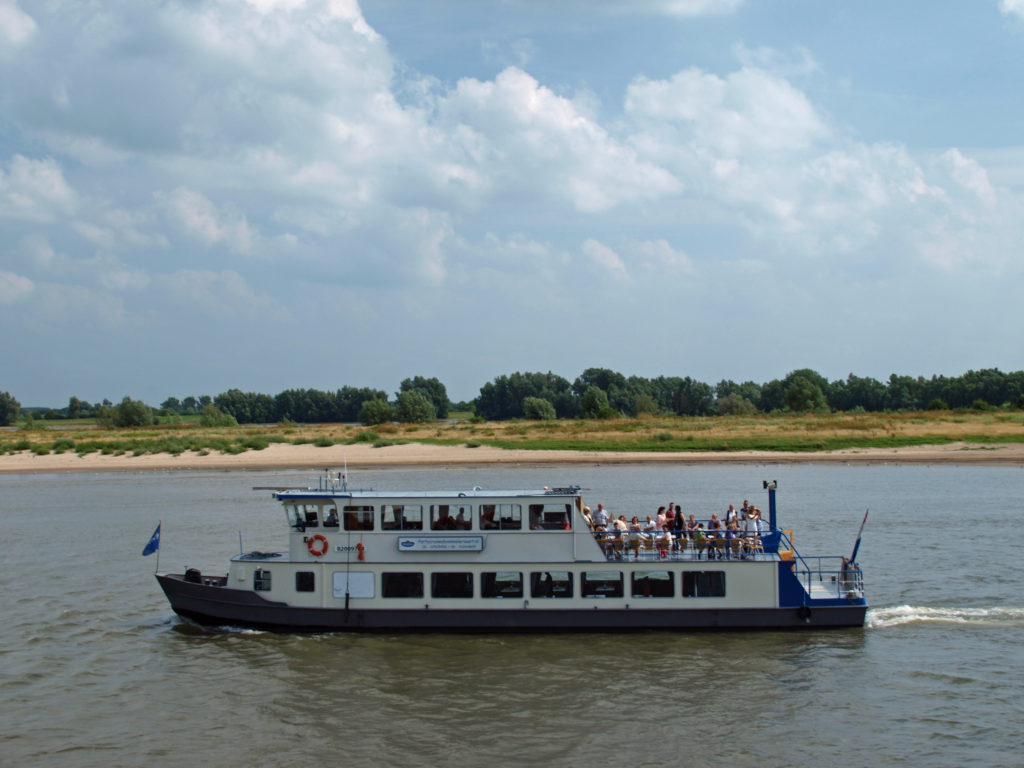
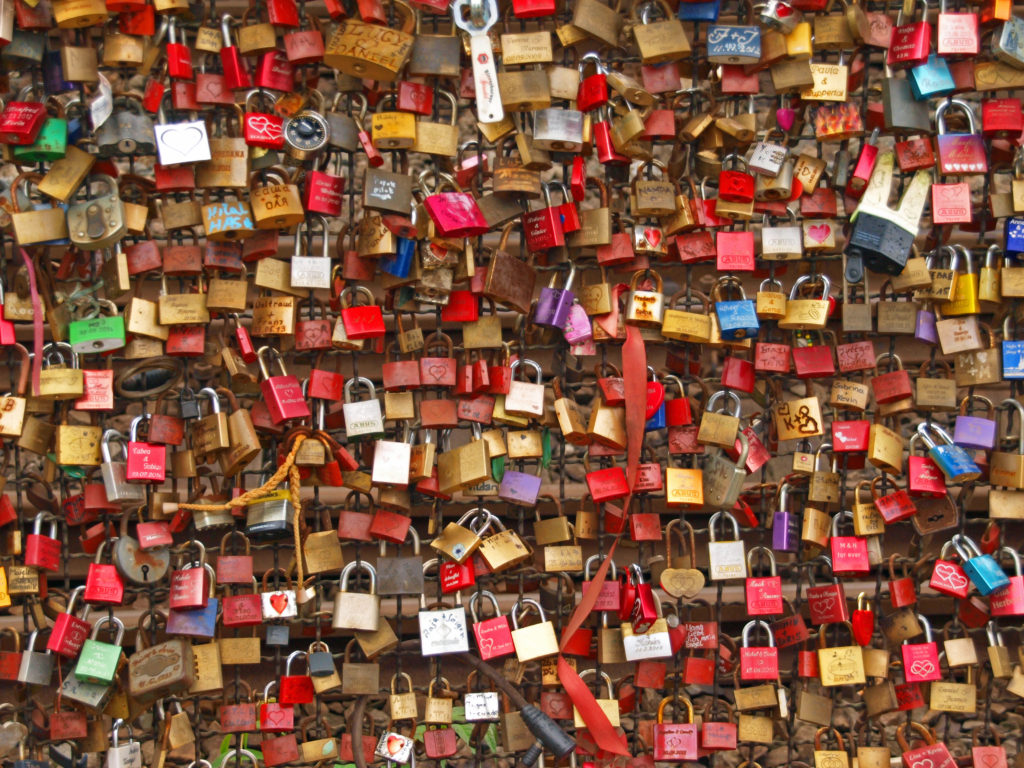
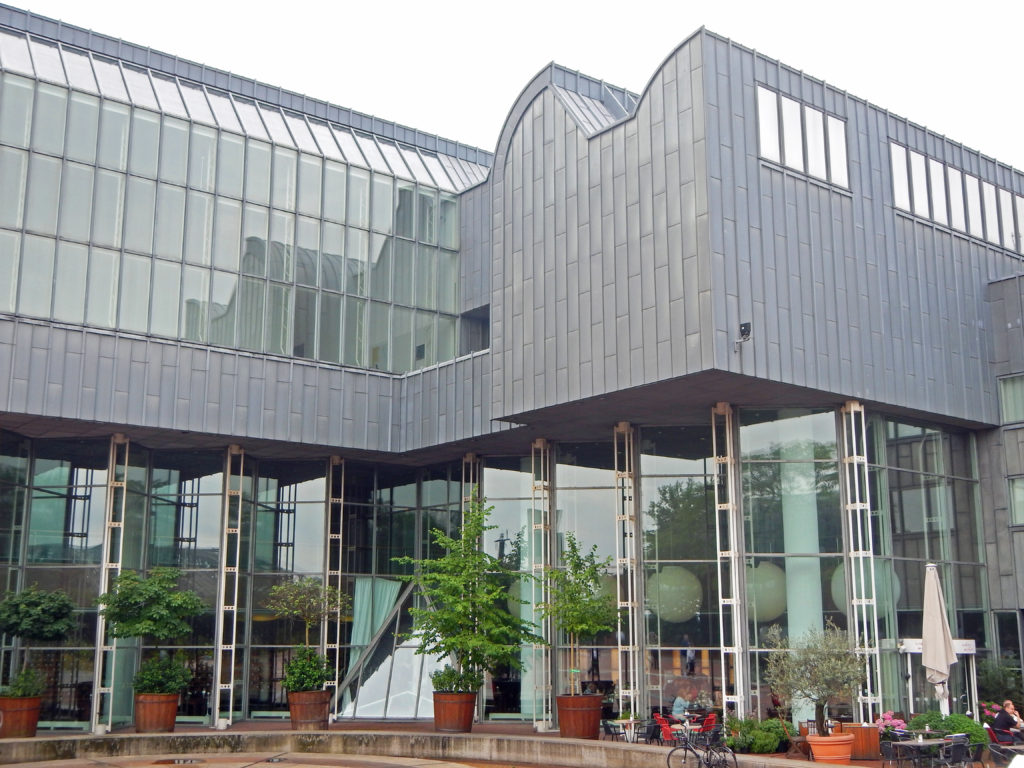
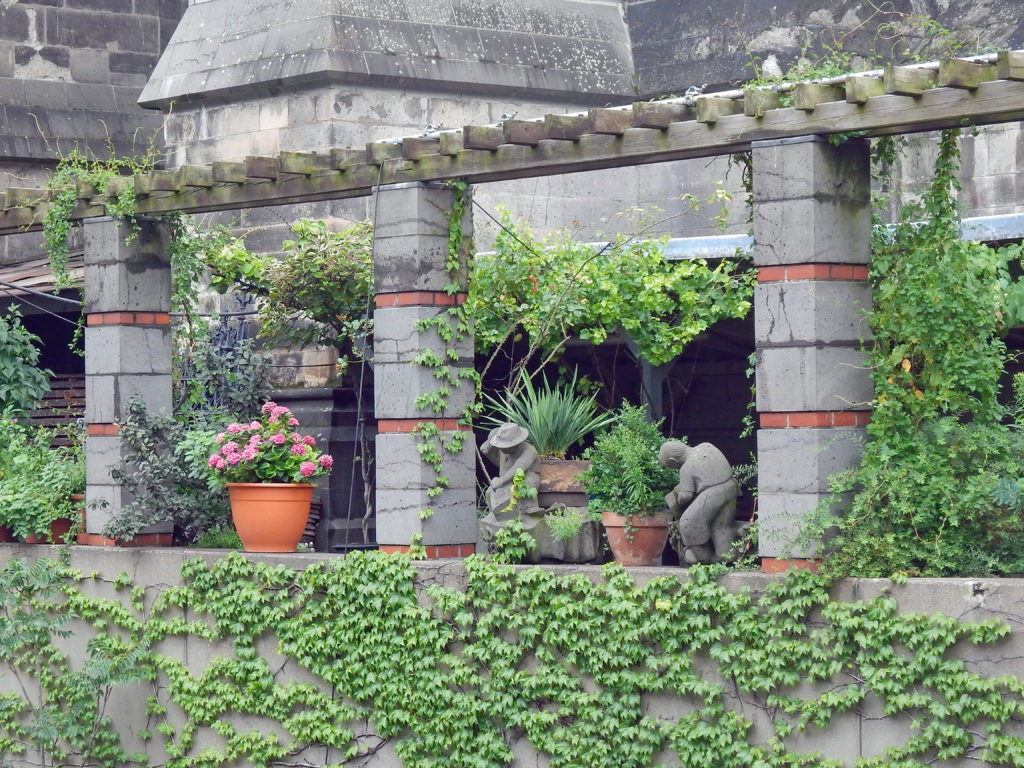
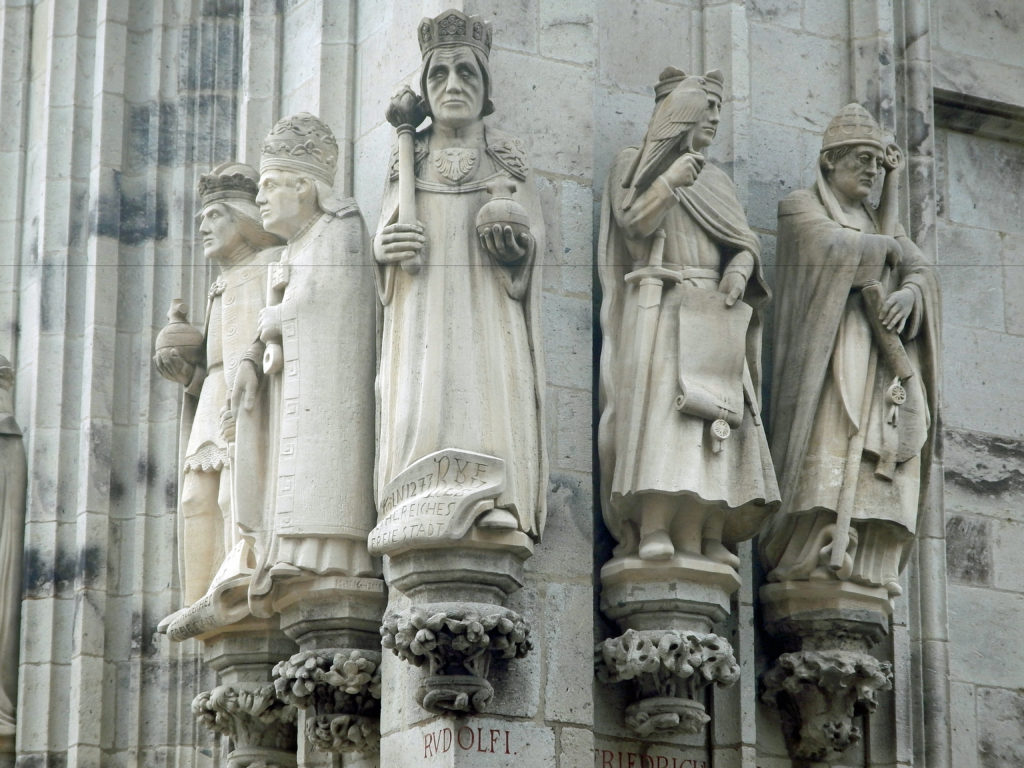
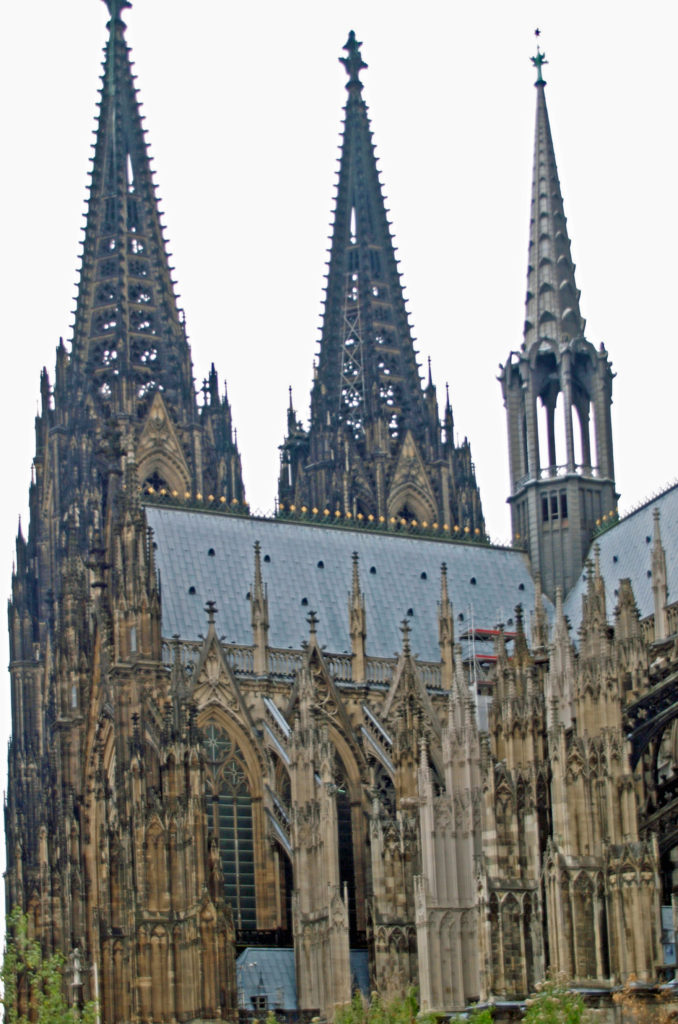
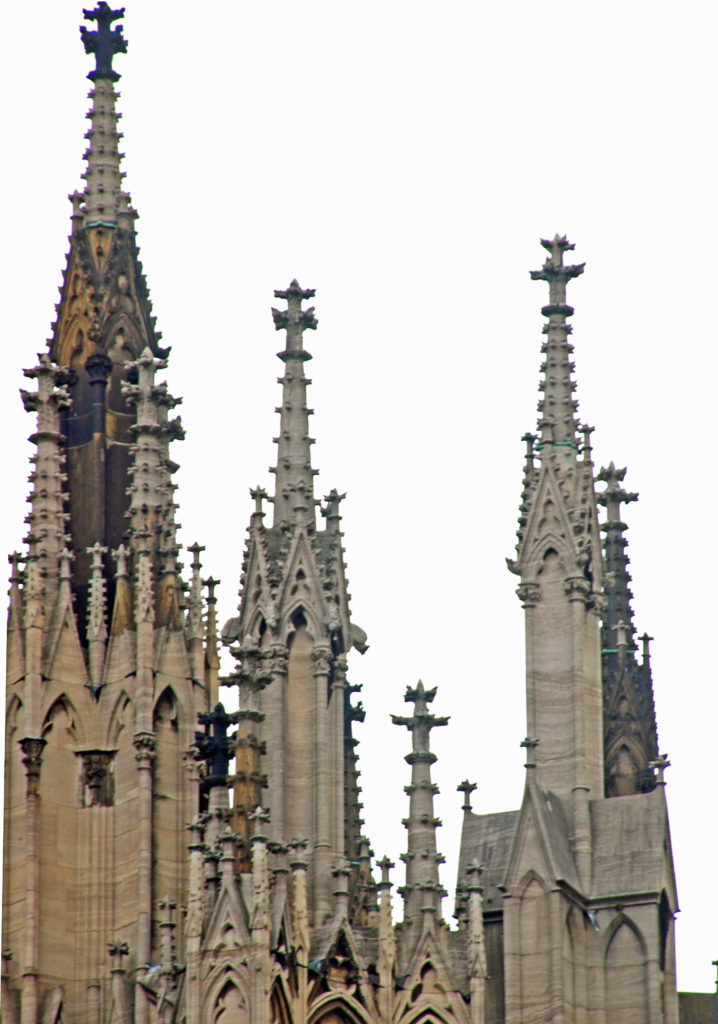
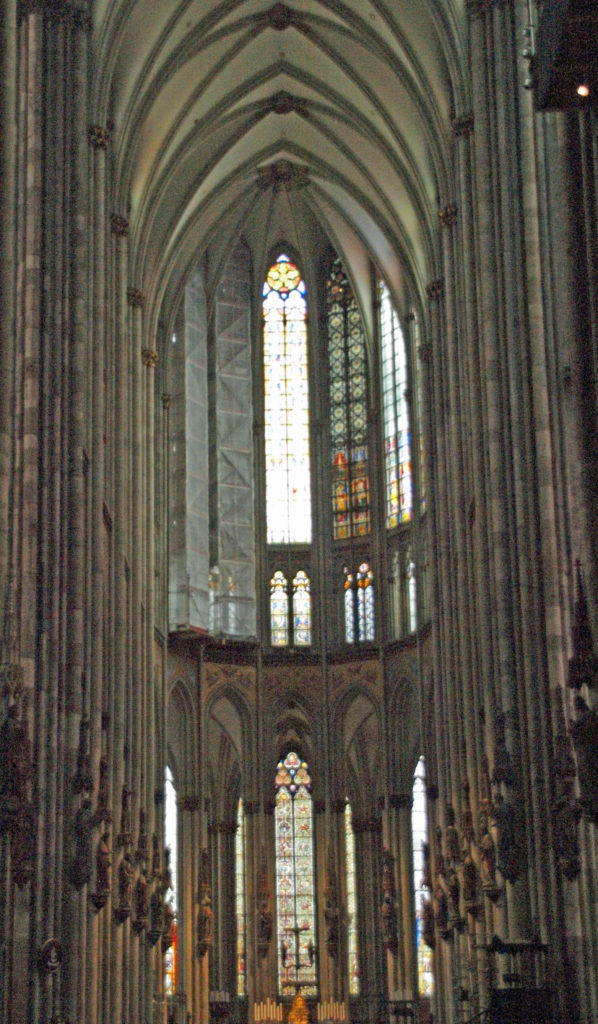 Construction of the Cologne Cathedral began in 1248. In 1478 construction was halted and the cathedral remained unfinished for another 400 years. It wasn’t until 1880 that it was completed to the original medieval plan. The cathedral was damaged by a number of bombing raids in WWII, but remained standing, and repairs were completed in 1956.
Construction of the Cologne Cathedral began in 1248. In 1478 construction was halted and the cathedral remained unfinished for another 400 years. It wasn’t until 1880 that it was completed to the original medieval plan. The cathedral was damaged by a number of bombing raids in WWII, but remained standing, and repairs were completed in 1956.
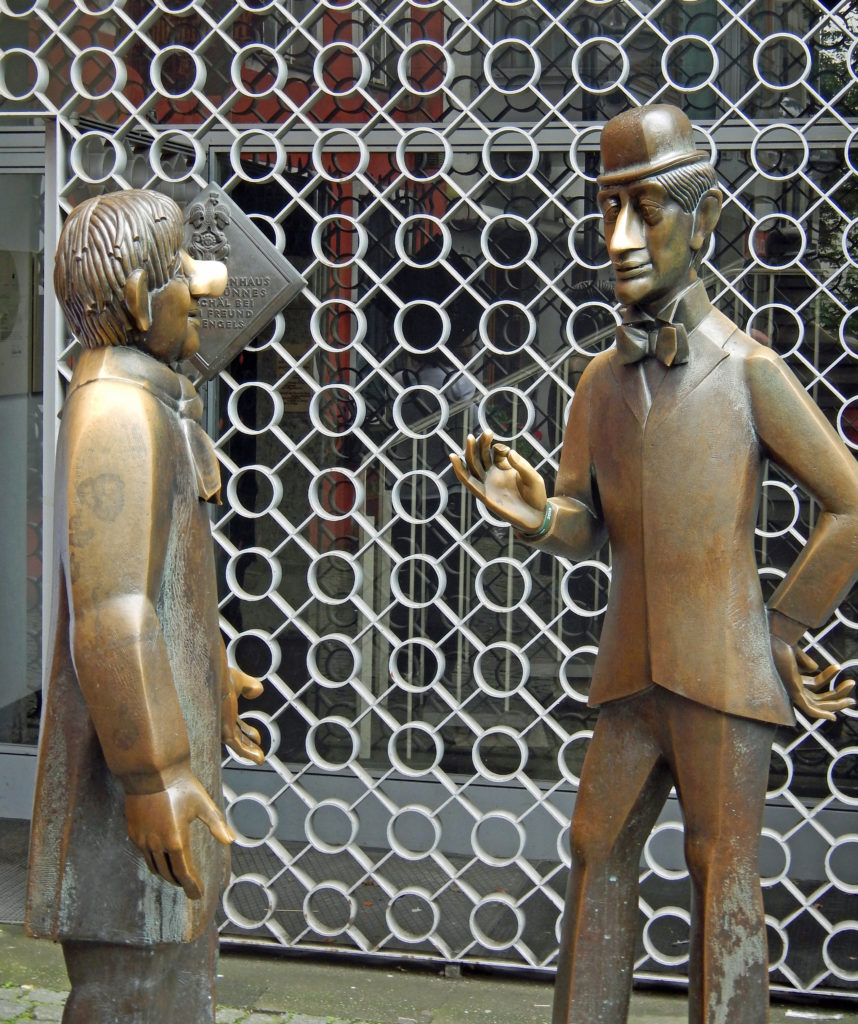 Our second tour in Cologne was an optional pub crawl that evening, led by a local guide. In Cologne each pub has a working agreement with one of the local breweries that produce the local brew, called
Our second tour in Cologne was an optional pub crawl that evening, led by a local guide. In Cologne each pub has a working agreement with one of the local breweries that produce the local brew, called 